Sola is a fine dining restaurant with a Californian theme, reflecting the training of its chef/owner Victor Garvey, who was born in Barcelona but is American and cooked in various restaurants on the west coast of the USA. Head chef was Andy Parker, supported by pastry chef Megan Stafford, who was head pastry chef at Frenchie in Paris and was also head pastry chef of Galvin La Chapelle.The wine list reflects this theme, being made up of entirely US wines except for champagne. The tasting menu was priced at £159.
The menu began with a sequence of canapes. A little red pepper flavoured cornet contained a Bloody Mary sorbet, confit cherry tomatoes, tomato water and freeze-dried Bloody Mary. The tomatoes used were top notch Jouno variety from Provence, which have lovely flavour, and the contrast of textures in the canape was appealing. Salmon roulade made from cured and smoked Pacific salmon had unusually good flavour, the roulade filled with Roscoff onion escabeche, crisp sweet potato and a little freshly grated wasabi root, which added a pleasing touch of gentle spice. Cheddar gougere had a melted cheese centre and was garnished with bresaola (air-dried salt beef) made using A4 Kagoshima wagyu; the choux pastry had good texture and was neatly piped, and the combination of salty beef and cheese worked well, the beef itself being very high quality. There was also a taco made from shiso and spinach, inside which was beef tartare of 28 day aged Hereford beef, along with smoked eel and grilled bone marrow dressing, topped with kabosu koshō, the spicy Japanese citrus seasoning. To complete the dish was Isigny crème fraiche from Normandy and a garnish of aged kaluga caviar from supplier N25. Finally, there was a smoked Alsace bacon jam tartlet contained pickled cherry, white port gastrique and was topped with shaved foie gras snow, which brought its deep flavour without being too rich (strong 17/20 canapes).
The canapes were followed by a prettily presented dish of akami tuna. This bluefin tuna is farmed sustainably in Spain. Strips of silky sashimi tuna were accompanied by tartare of the richer belly tuna and also kama toro, the rich fatty part of the tuna around the jaw of the fish. The dish was rounded out by a salad of fresh leaves, grilled baby leeks, spring onions, toasted kinako (roasted soybean flour) and leek tapioca vinaigrette, along with avocado sorbet, pickled shimeji mushrooms and jelly of tosazu, a mild dressing of bonito dashi and sanbaizu, a seasoning of vinegar, soy and rice wine. The vinaigrette uses a Japanese supplier that have been making shoyu (fermented soy sauce) for a remarkable 800 years. This was a most enjoyable dish to eat, the dish carefully balanced and the tuna having lovely flavour (18/20).
This was followed by flambeed langoustine tails. Scottish langoustines were flambeed at the table in whisky, the shellfish accompanied by a dish of wild mushroom tortellini, braised daikon, quail egg, shiso and ginger dashi. The dried bonito for the dashi was imported directly from Japan and the dashi was a delicate foil for the superb, sweet and beautifully cooked langoustine. The langoustines were large and lovely, sweet tasting and gorgeous, the dashi carefully balanced, the ginger just lifting the dish. This was a terrifc accompaniment to the top-notch langoustines (19/20).
Another shellfish followed, an unusually large scallop with a garnish of aged kaluga caviar and grated Piedmont hazelnuts. The scallop was lightly cooked and rested in a rustic sauce of the scallop skirts and Muscat grapes along with Noilly Prat, marsala, shallots, champignons de Paris and crème fraiche, finished with raw finely chopped Cevennes onions. The scallop was naturally sweet and had gorgeous texture, complemented well by the sauce, with the raw yet sweet Cevennes onions bringing a little texture to the sauce (17/20).
Turbot fillet was from a massive 12.8 kg fish, the fish roasted in a pan with butter, served with pickled endive. The matelote sauce was essentially a fishy version of a demi-glace, made with roasted turbot bones and smoked eel simmered with red wine, brandy, port and roasted mirepoix (onion, celery and carrots cooked in butter) for 48 hours and then strained. The stock is reduced heavily to concentrate its flavour and simmered with myoga (Japanese ginger) and seasoned with pepper. Finally, there was an accompanying soubise (onion sauce thickened with Bechamel) of chervil root and Jerusalem artichoke. The fish had excellent flavour, allowed to really shine by being pan-roasted rather than cooked in a water bath, a technique that works fine with meat but less so with fish in my view. The Jerusalem artichoke was a suitably earthy contrast to the fish and the sauce had deep flavour (17/20).
This was followed by hare royale, a classic French dish dating back to the 1600s popularised by legendary chef Anotoine Careme, who served it to Louis XIV. This is a dish that requires a lot of work to make, in this case a process stretching over three days. Hare legs are marinated in red wine, with the carcass used to make a sauce fortified with are blood and mulberries. The hare legs are braised with veal shank and removed from the bone when tender. The braising liquid is cooked down to a glaze and mixed with the braising meat and chunks of cured foie gras, then wrapped in caul fat and roasted. The hare was served with confit salsify, Yukon gold potato and celery root, each cooked in goat butter, and garnished with escabeche of girolles and a crisp potato tule. As a final luxurious twist there was a shaving of white truffle. This was a glorious dish to eat, the earthy potato and celery providing balance to the inherent richness of the dish. The flavour of the hare was deep and magnificent, enhanced by the liver flavour but the overall effect not being too rich. Some more classical versions of hare royale are so rich that they can be hard to eat, but this was very digestible while retaining its full flavour (18/20).
The final savoury course was venison supplied from Brett Graham’s farm, the loin initially cooked sous-vide and then roasted in a pan. This was served with a grand veneur sauce flavoured with sherry, beetroot, blackcurrant and Sichuan pepper. The meat was accompanied by confit beetroot, pickled beetroot, a jelly of elderberry vinegar, venison scratching, puffed rice, fried onion and a quenelle of blackcurrant gel glazed foie gras. The beetroot was a good foil for the richness of the venison, which was also nicely cut through by the vinegar from the pickling (17/20).
In place of a traditional cheese course was croustade of Cevennes onion jam and black truffle with Livarot cheese from Normandy with 25-year aged balsamic vinegar. The nutty, almost citrus flavour of the Livarot combined well with the sweetness of the Cevennes onion jam, given a luxurious air by the earthy scent of truffle (16/20).
An initial dessert was sorbet and cremeux (an emulsified crème anglaise) of blackberry. This was served with a Isigny crème fraiche, bavarois of chamomile and sansho pepper, a garnish of fresh sansho leaves as well as fresh blackberry poached in creme de Mure blackberry liquor. This was served with a crisp blackberry croquanter (a crispy sheet of fruit using a Ferran Adria technique involving dehydration of the fruit) and sansho meringue, all resting on a bed of blackberry coulis. This was an enjoyable combination of textures, the fruit excellent and the overall effect refreshing (17/20). The main dessert was a chocolate and coffee concoction. Red Mayan 80% chocolate mousse came with Panama Gesha crème diplomat, hazelnut praline and a crunch base of puffed rice with milk chocolate glaze, topped with cubes of Panama Gesha jelly. Chocolate and coffee is a classic combination, with the puffed rice base providing a nice texture contrast and the coffee being of the highest quality (17/20).
The coffee used in the dessert is the same as the one served here, the sublime Panama Gesha from Difference Coffee, arguably the best coffee in the world, and certainly the most expensive. Service was good, and the bill came to £187 per person, which seems to me fair given the unusually high-quality luxury ingredients used here. Sola offers an appealing menu that is cooked by a kitchen demonstrating high quality kitchen technique. It is one of the capital’s most enjoyable dining experiences.
Further reviews: 09th Jan 2025 | 20th Dec 2023 | 10th Mar 2023 | 03rd Dec 2022 | 26th Aug 2022 | 04th May 2022 | 18th Dec 2021 | 06th Aug 2021 | 21st May 2021 | 22nd Aug 2020 | 24th Jan 2020 | 26th Nov 2019





































































































































































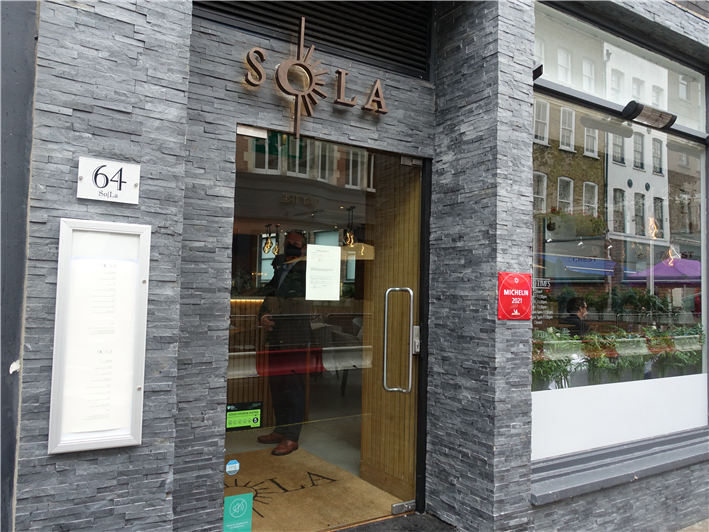
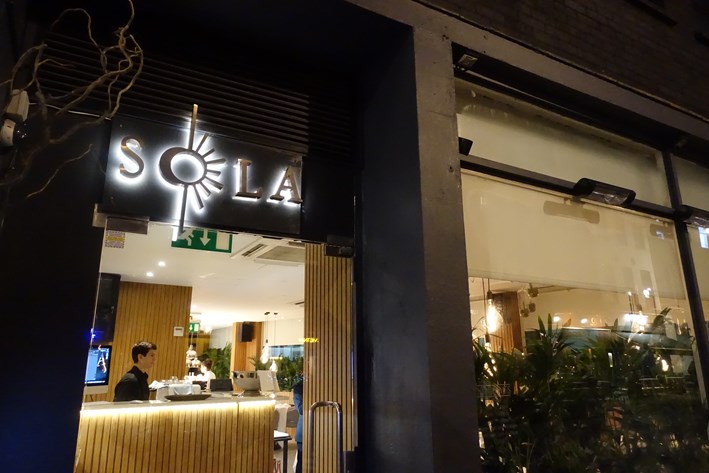
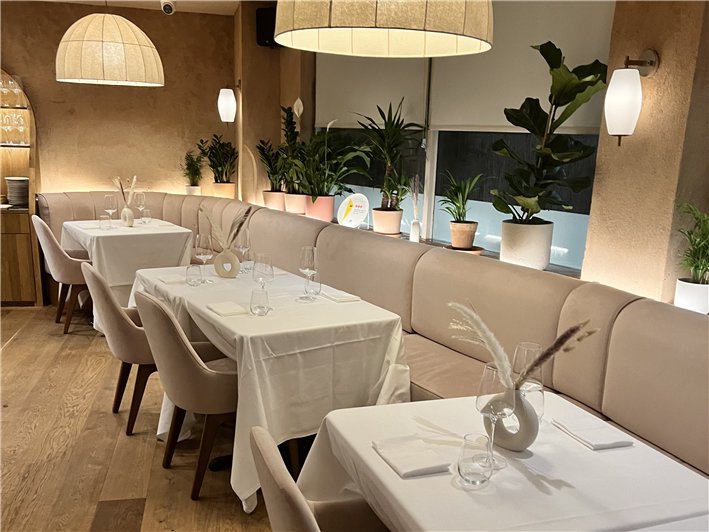



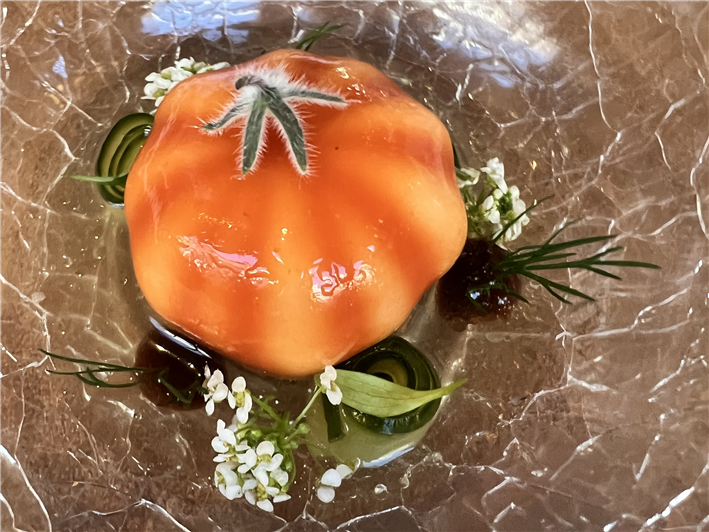
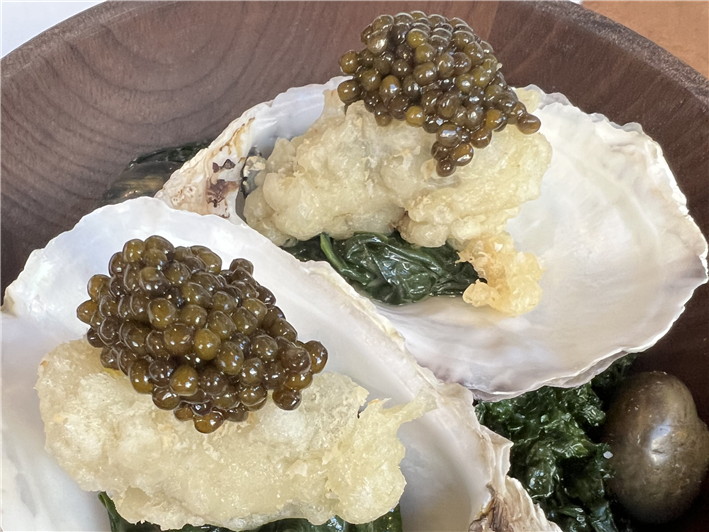
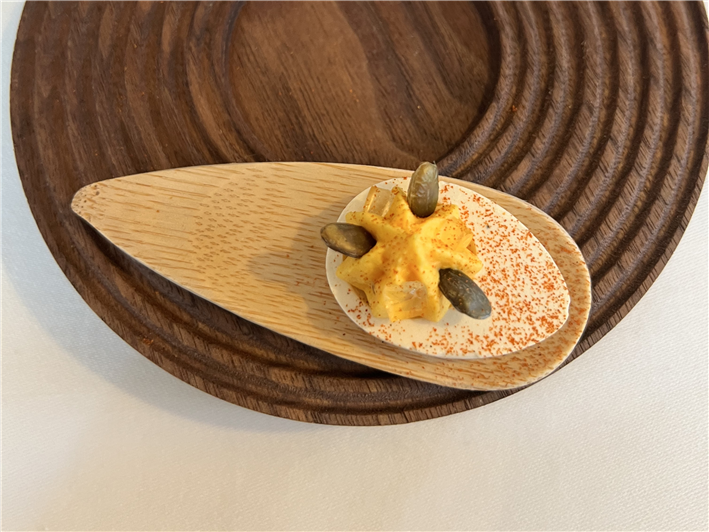

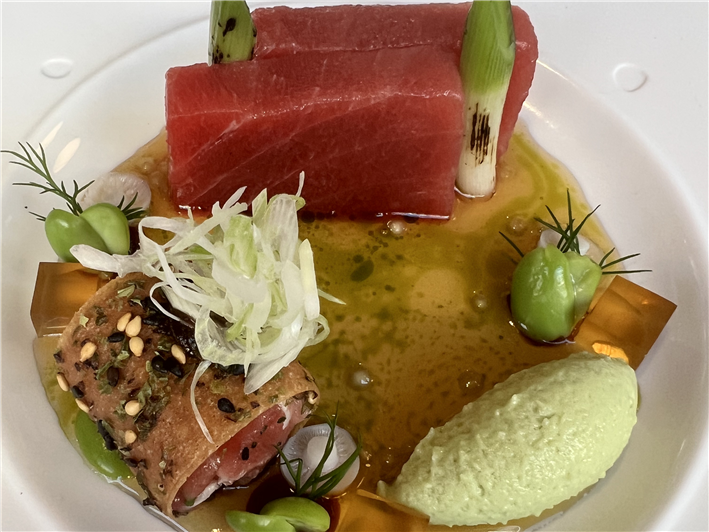
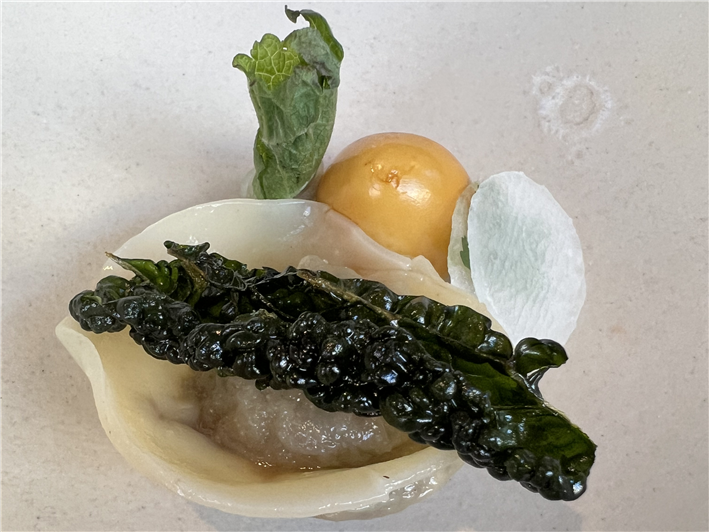
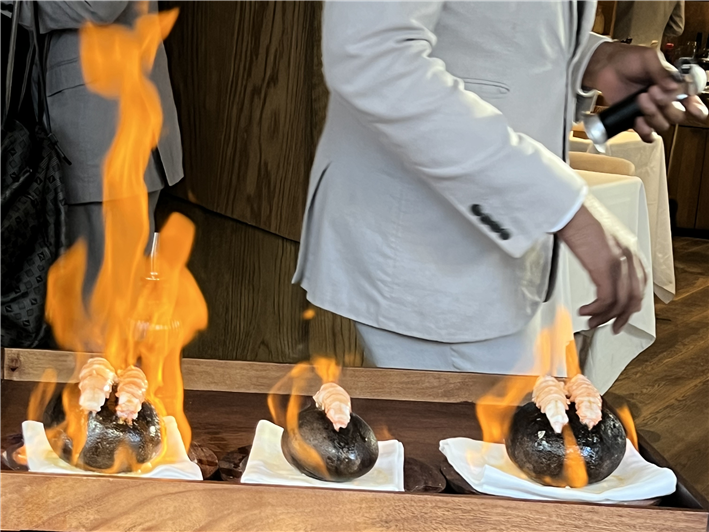
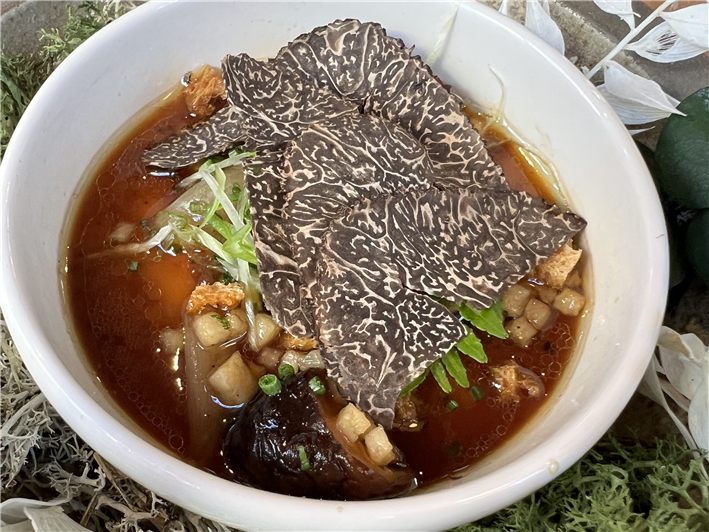
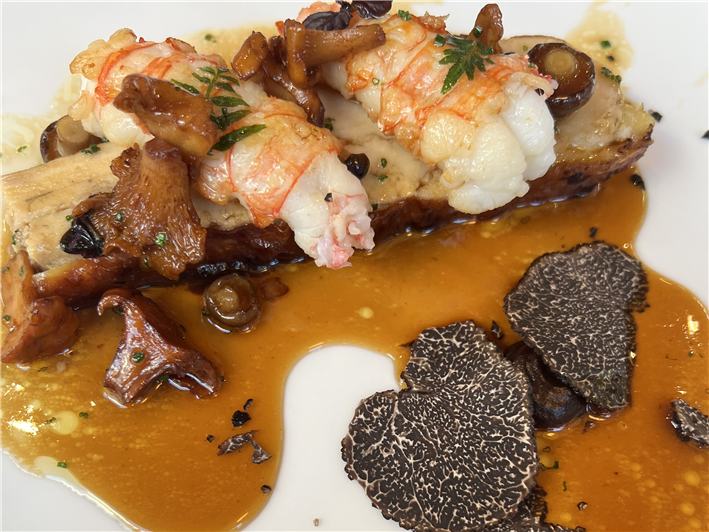

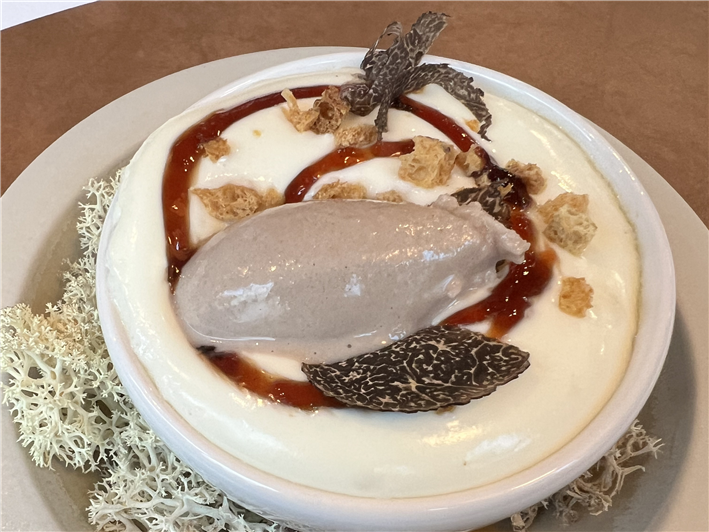

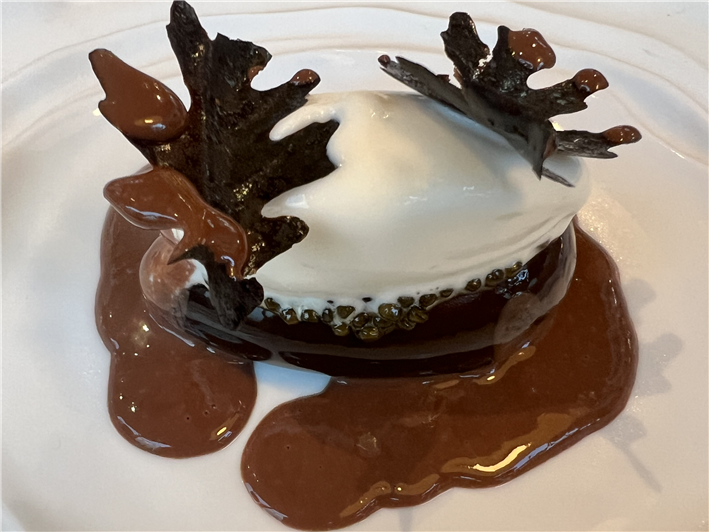
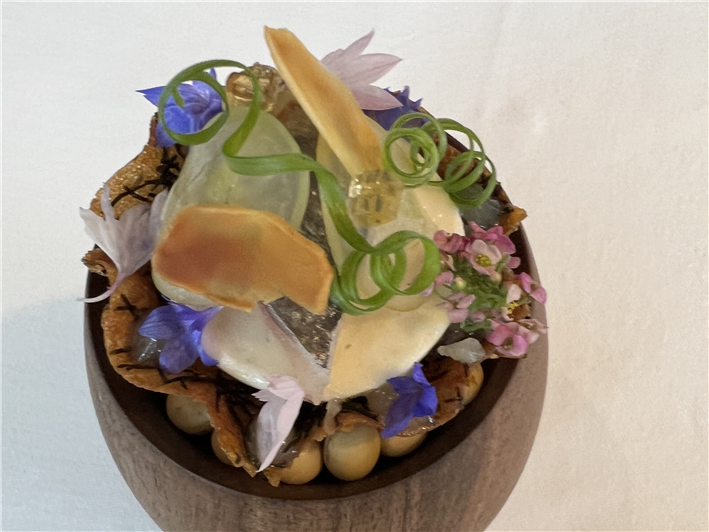
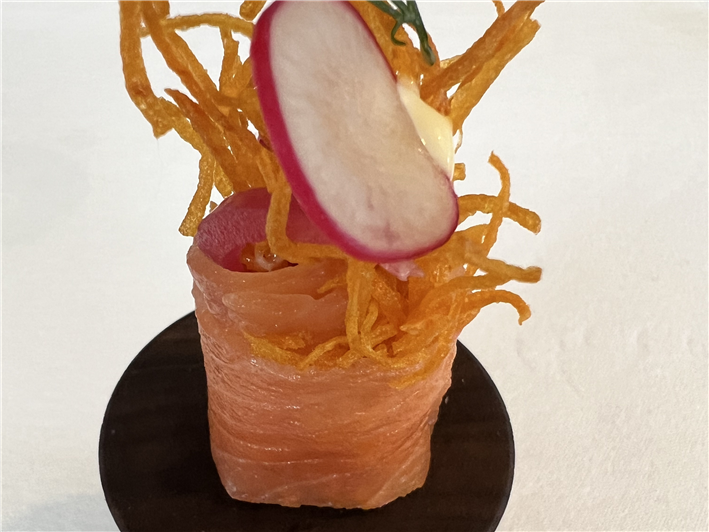
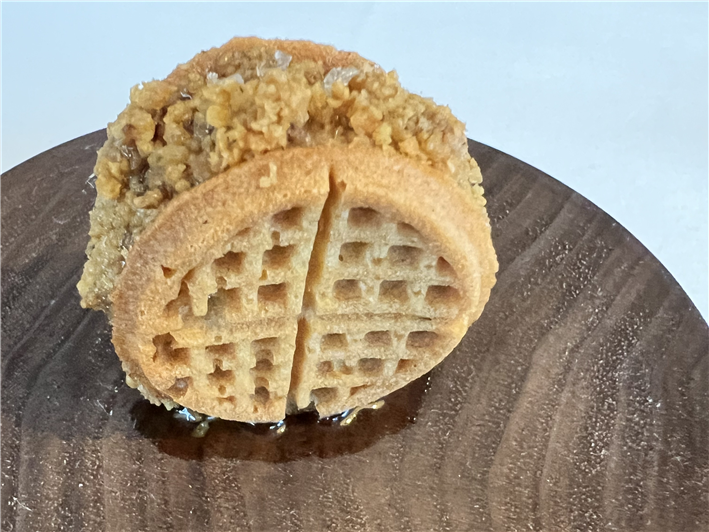
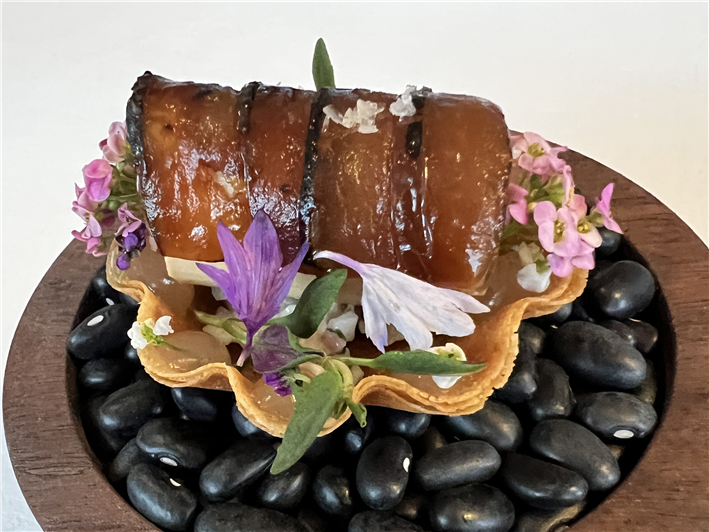

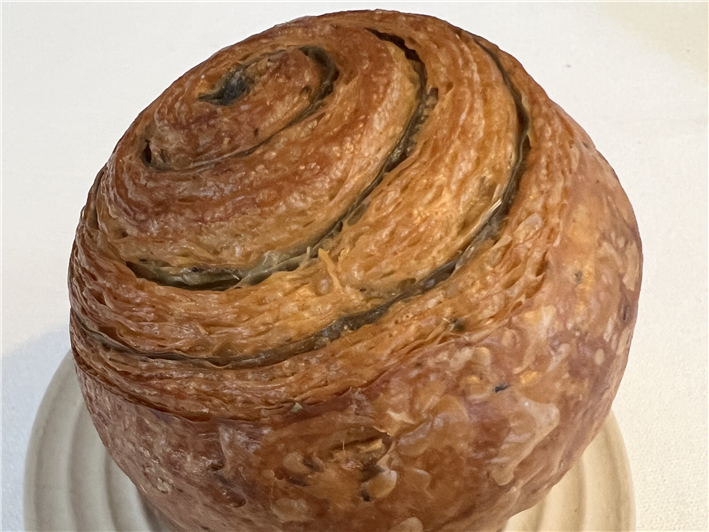
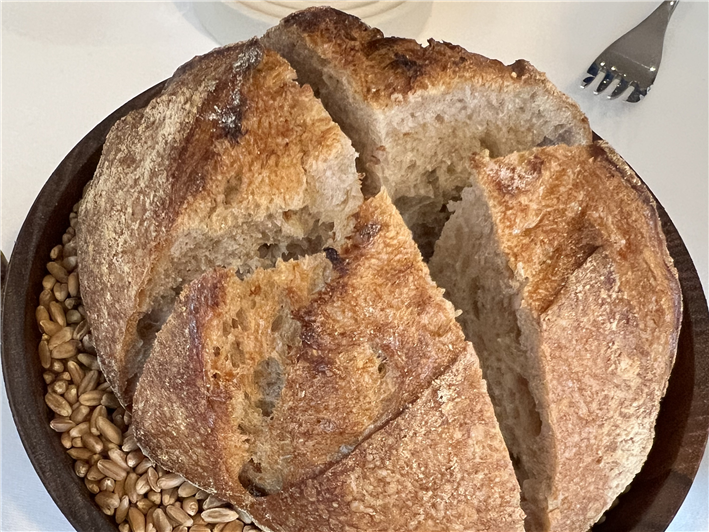

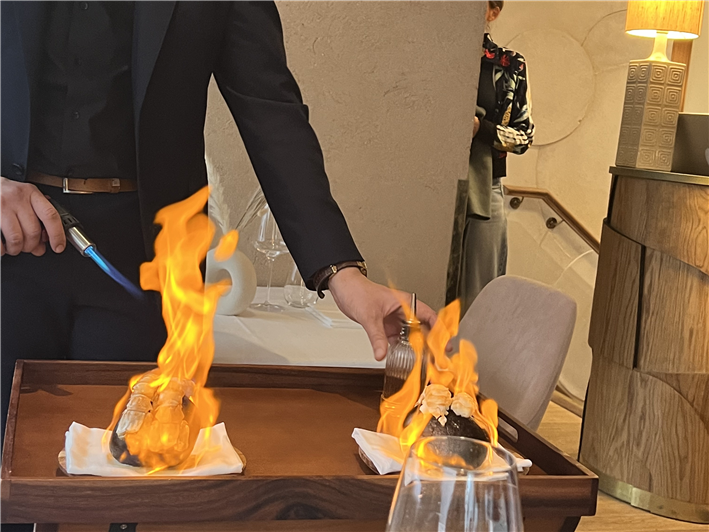
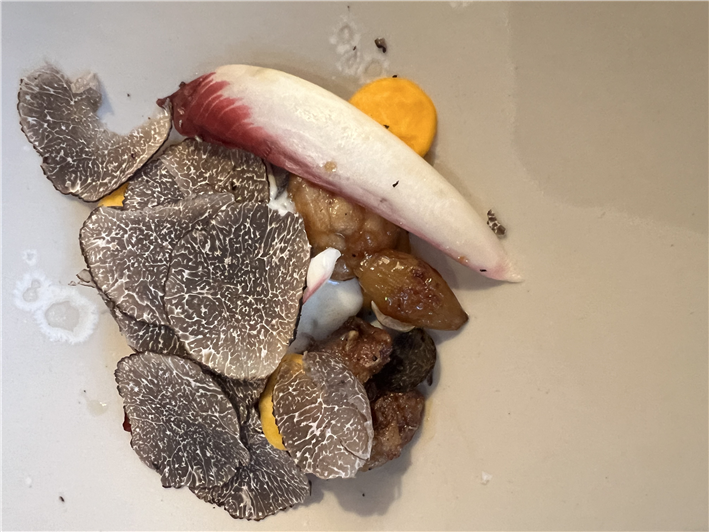
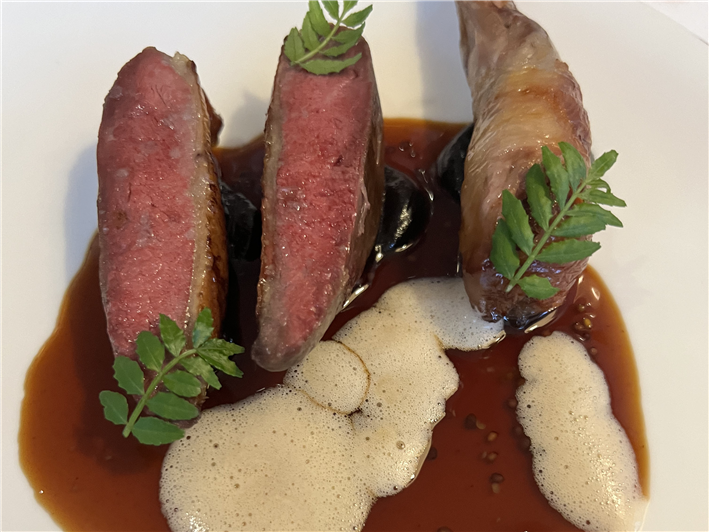

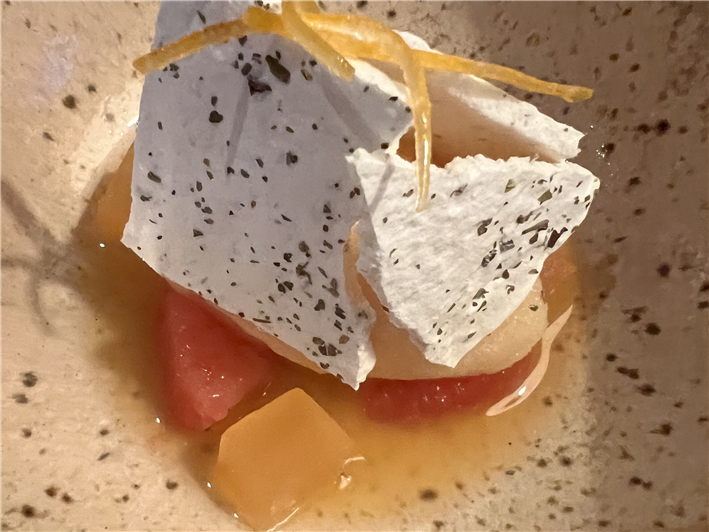
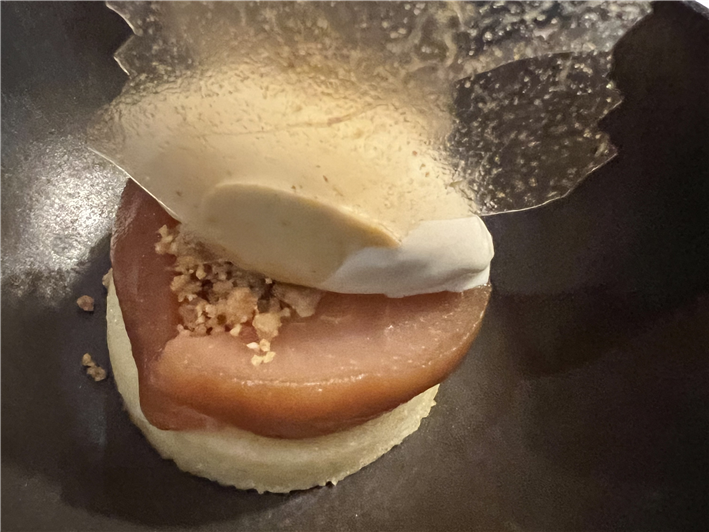
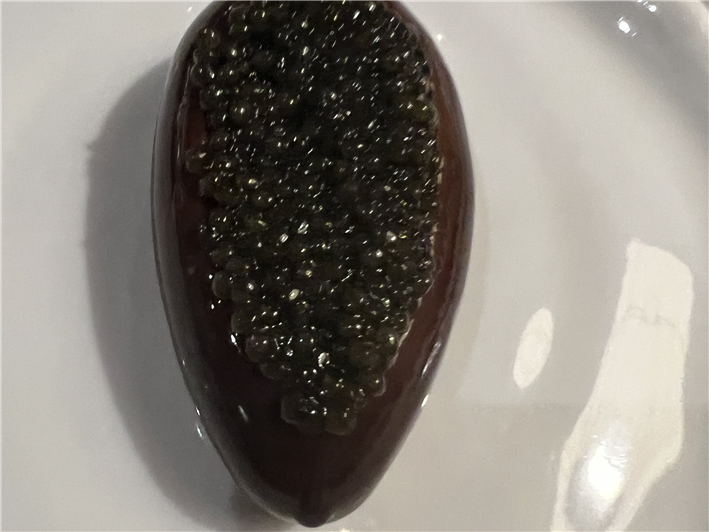
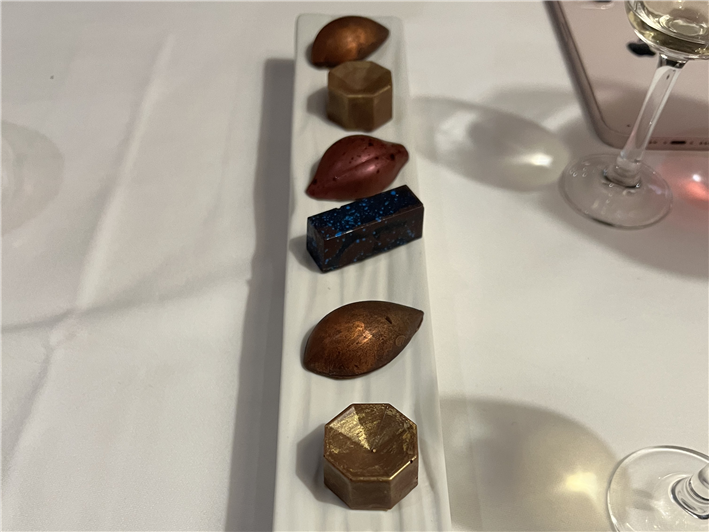
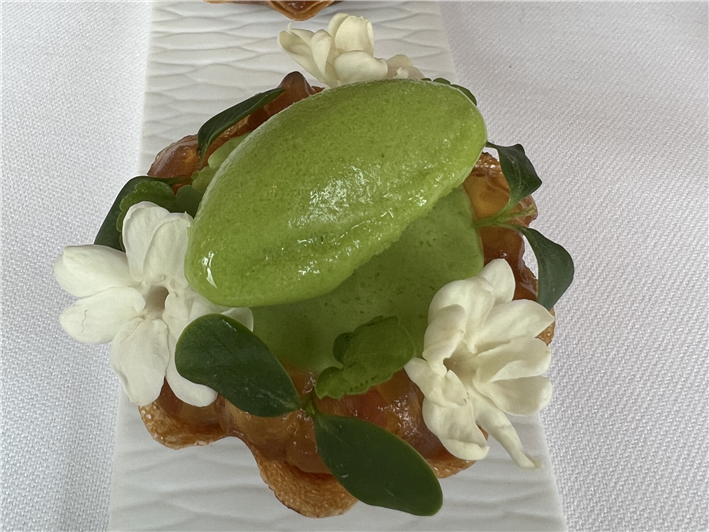

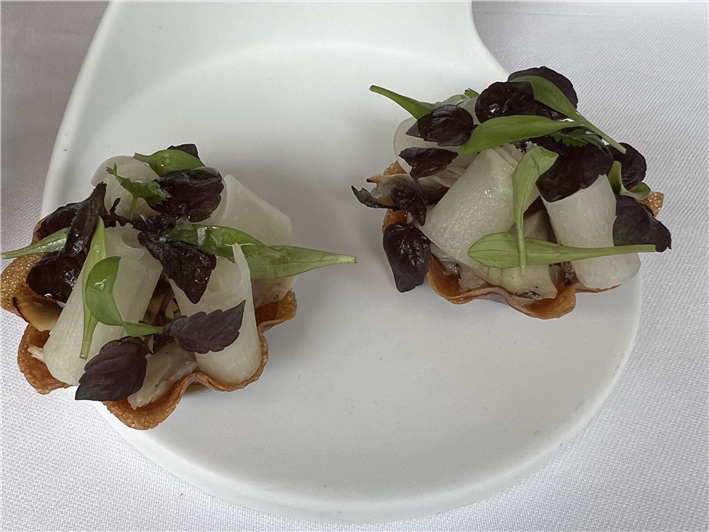
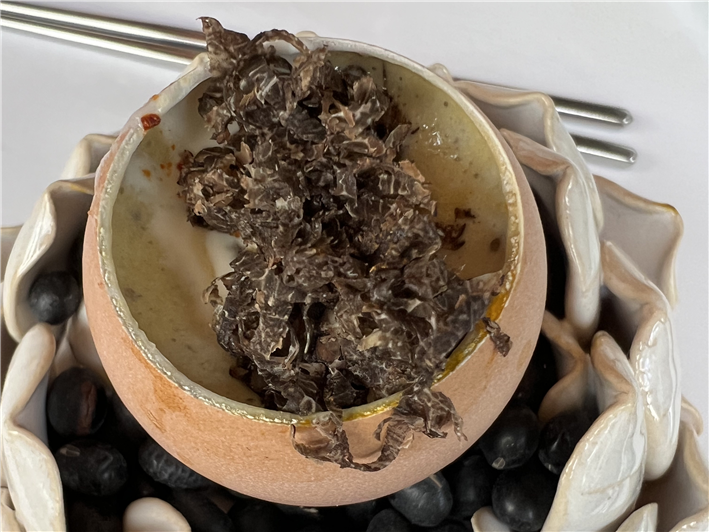
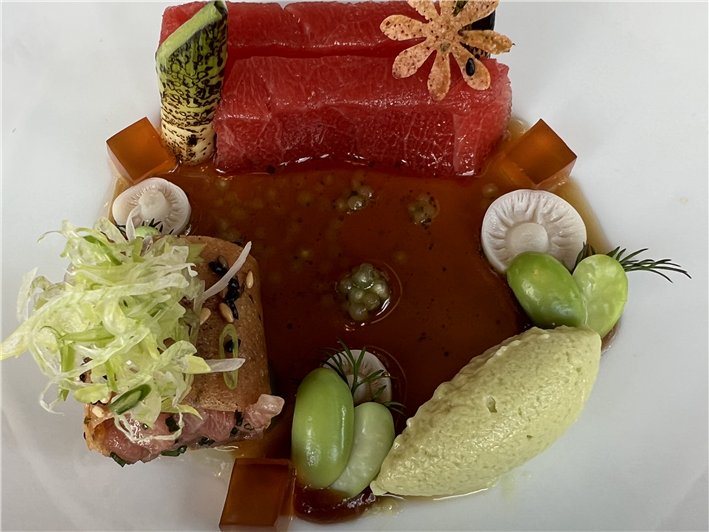
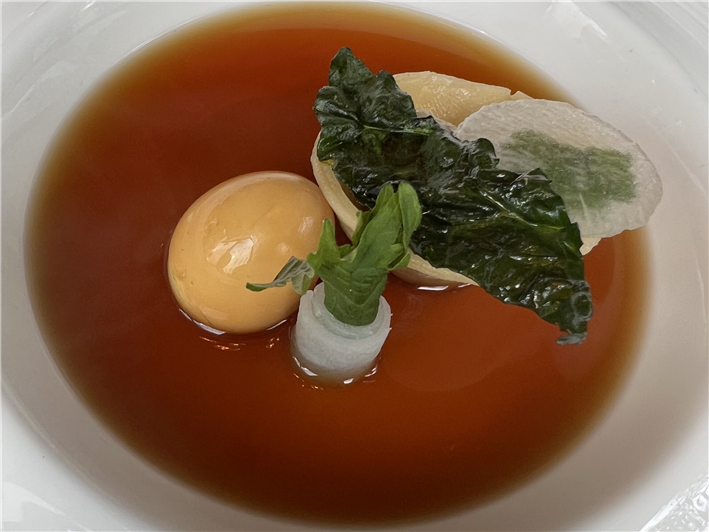
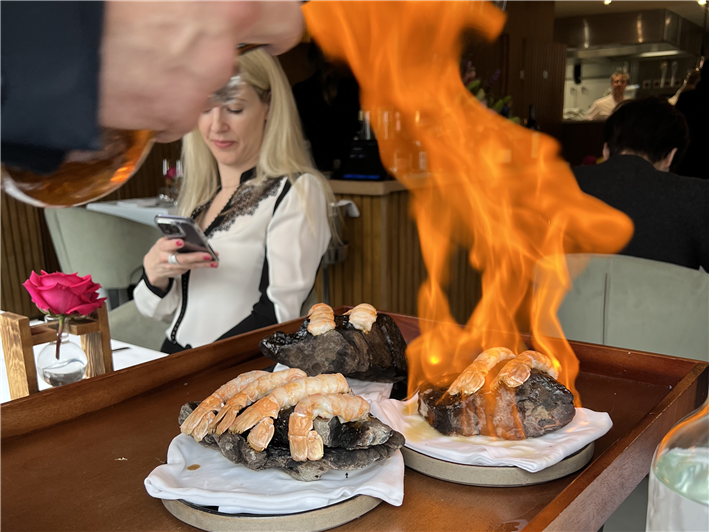
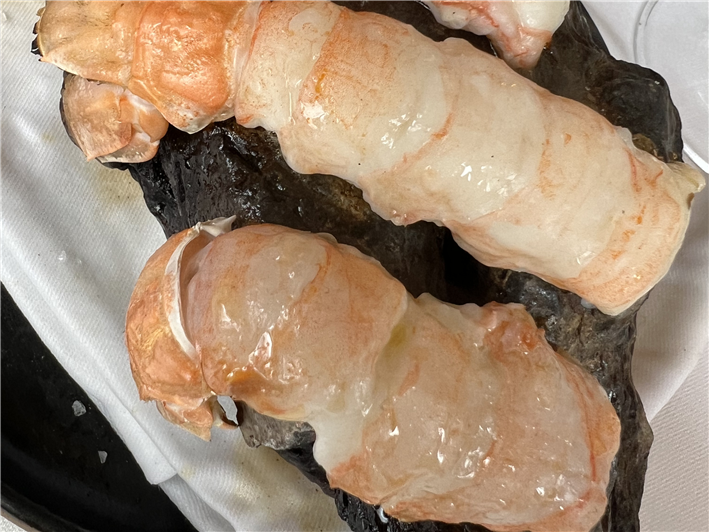
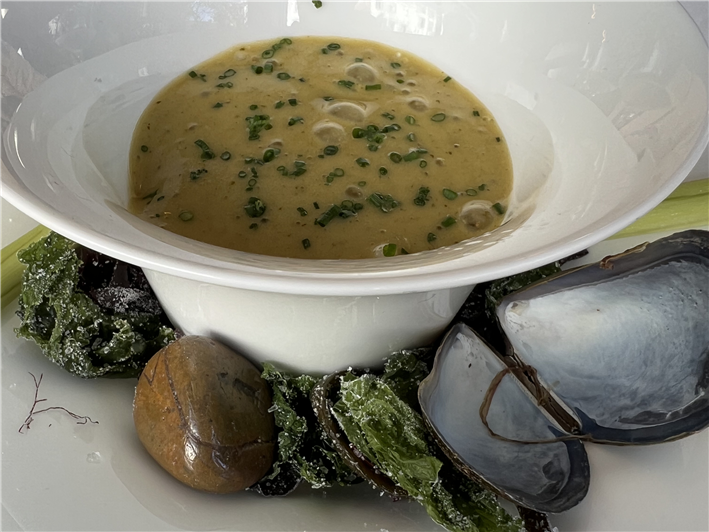
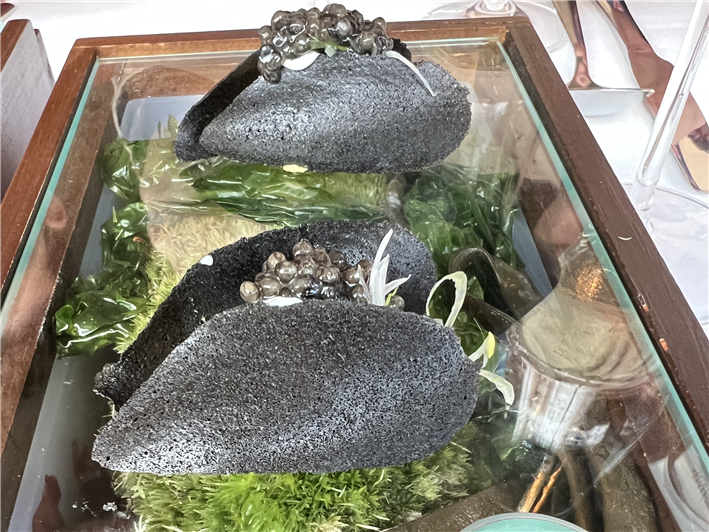
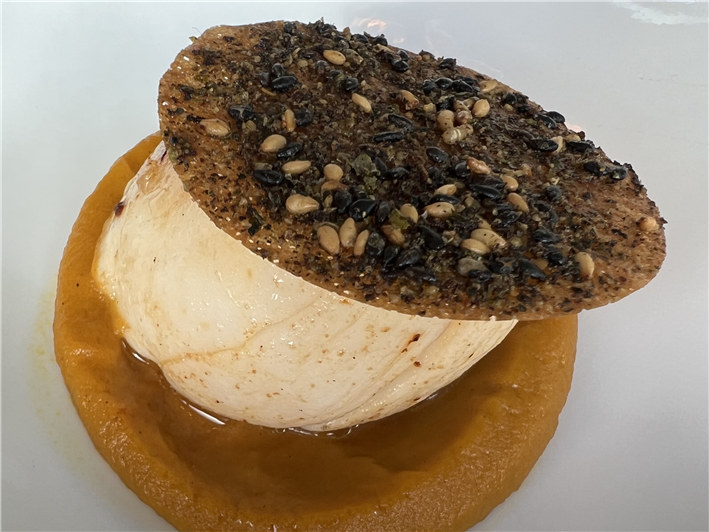
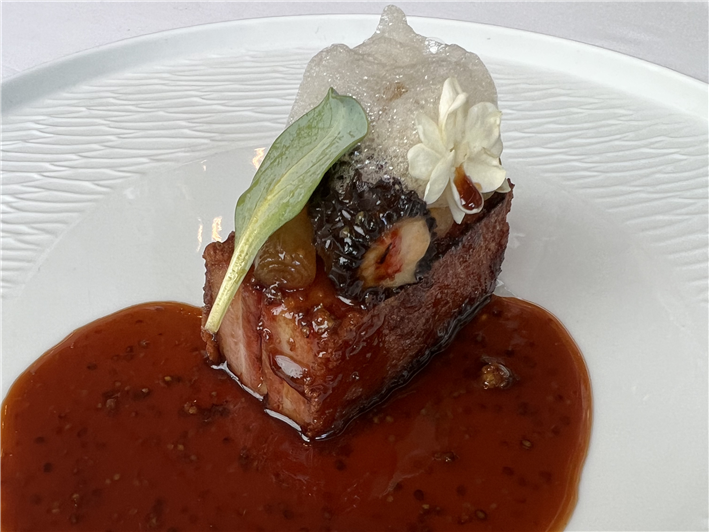
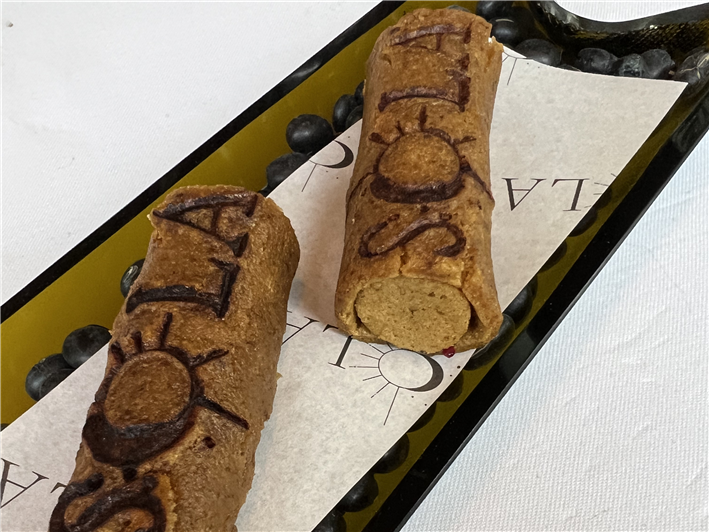
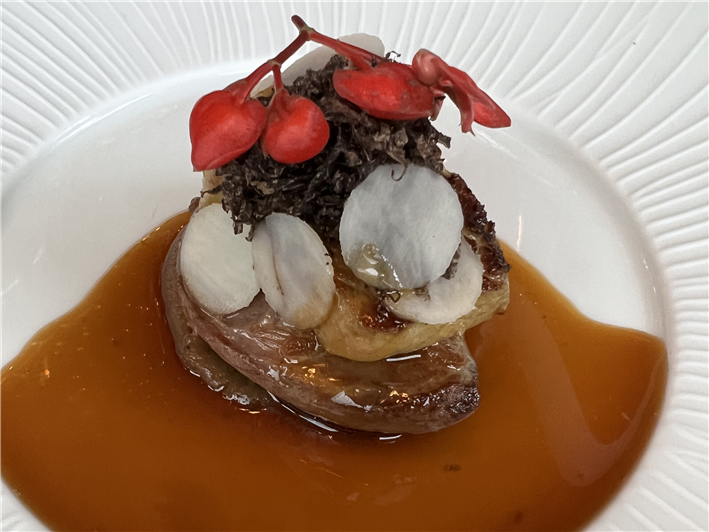
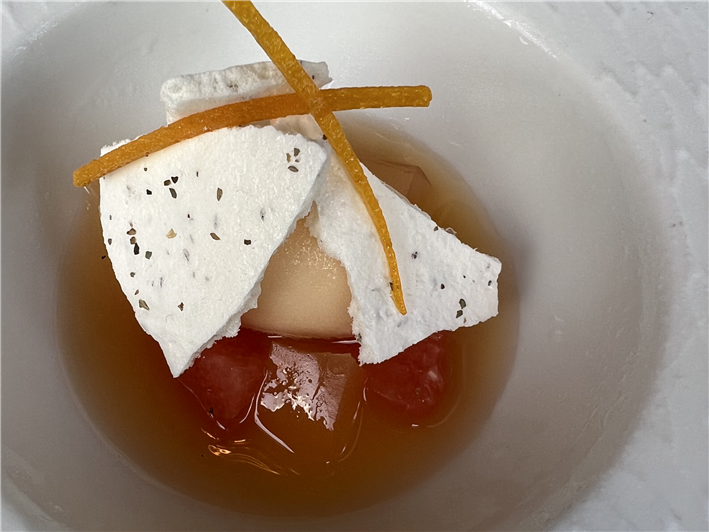
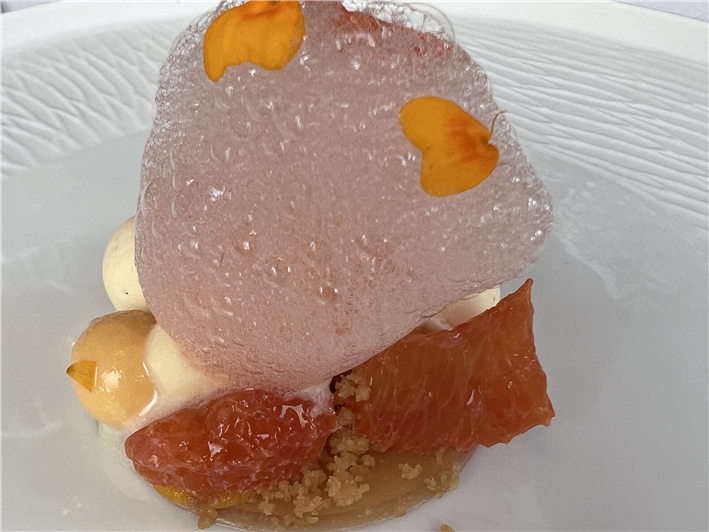
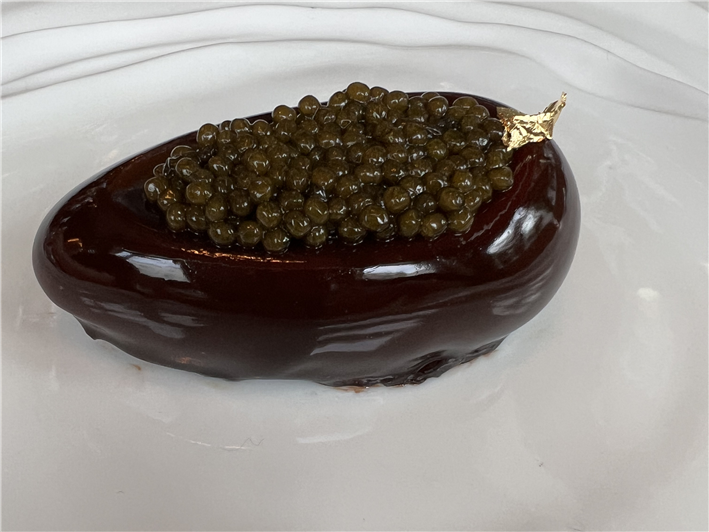

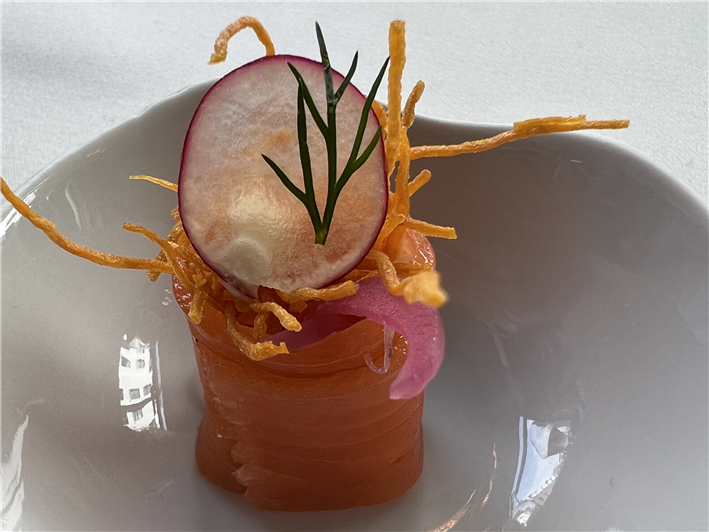
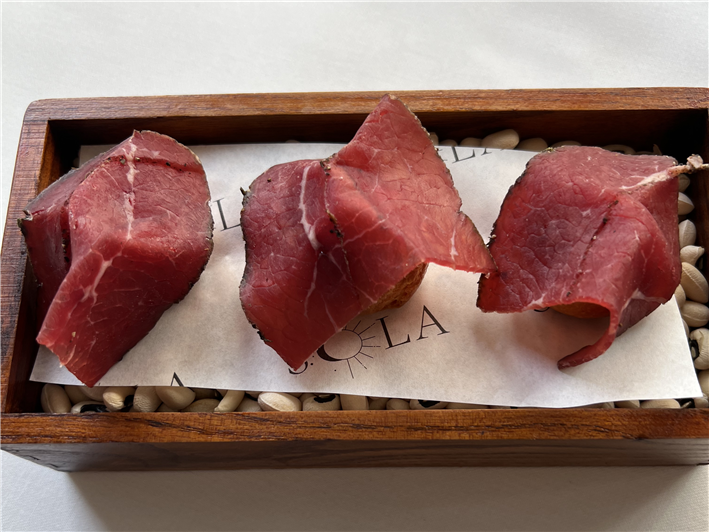
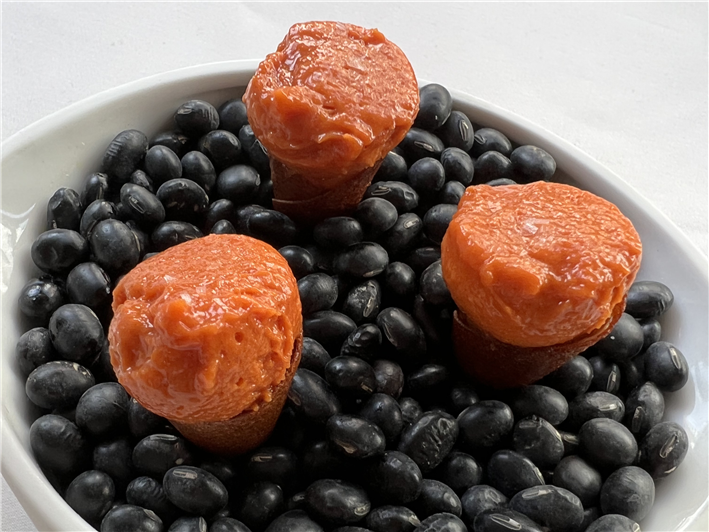
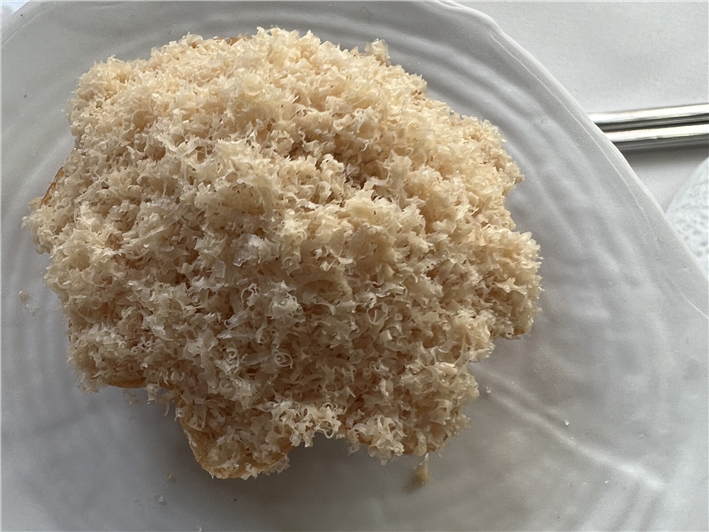
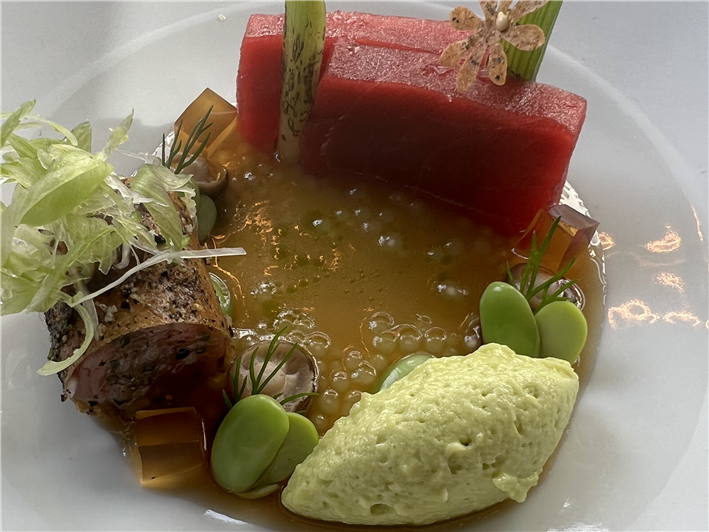
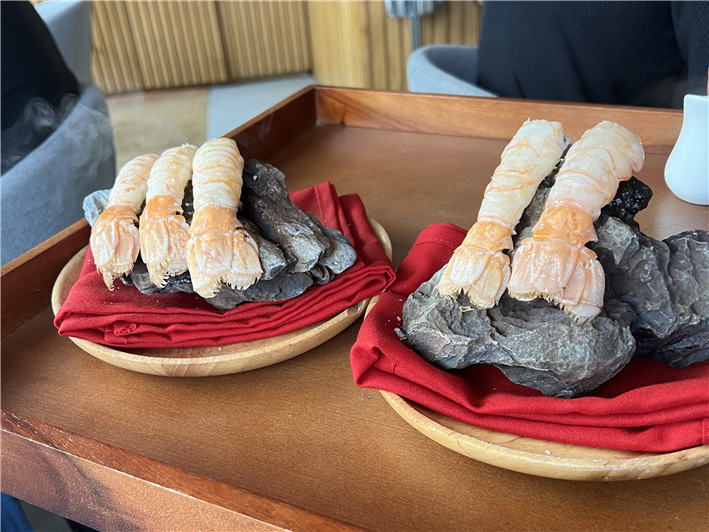
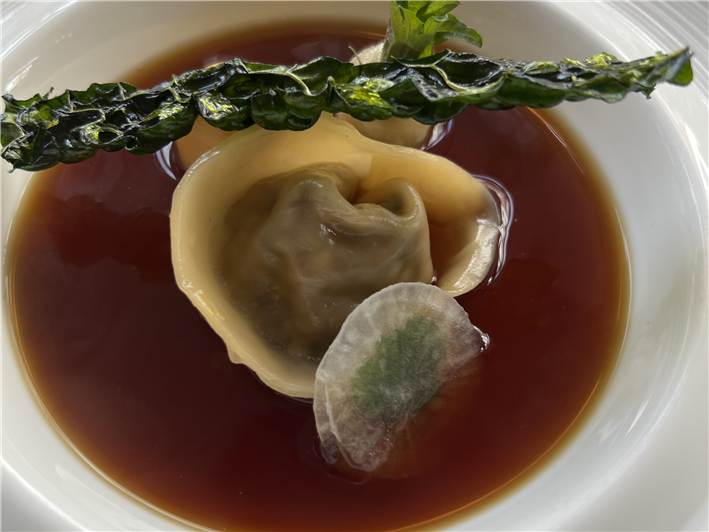

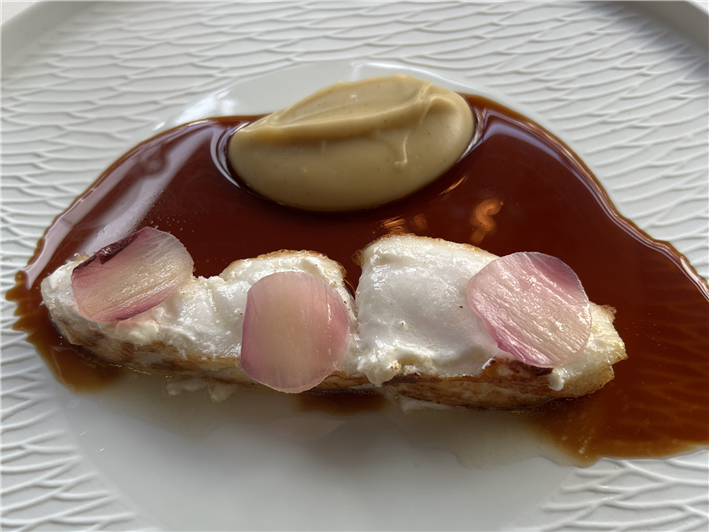
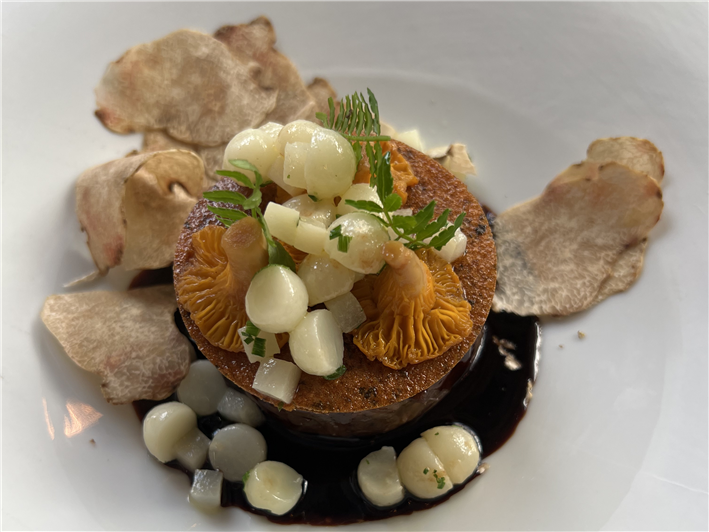
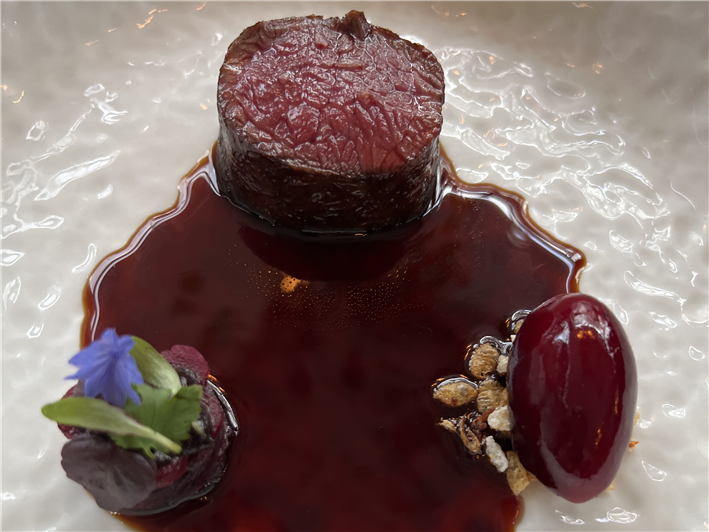
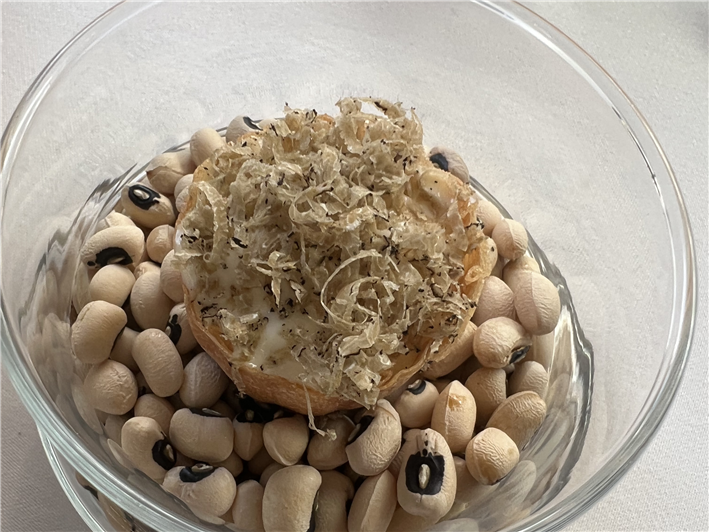

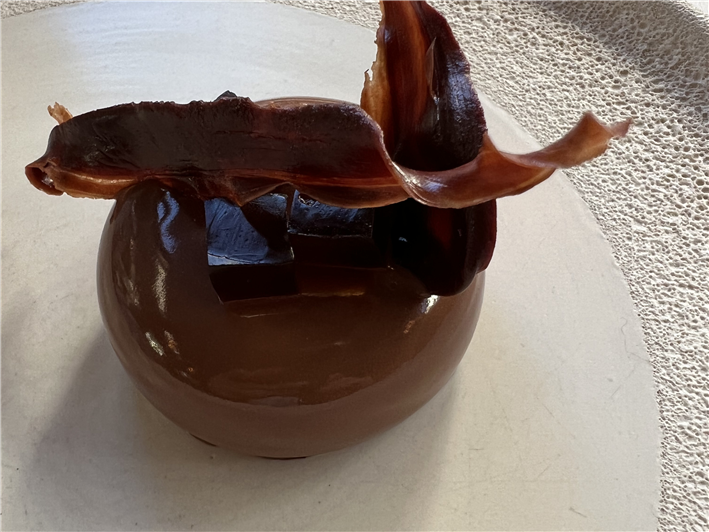





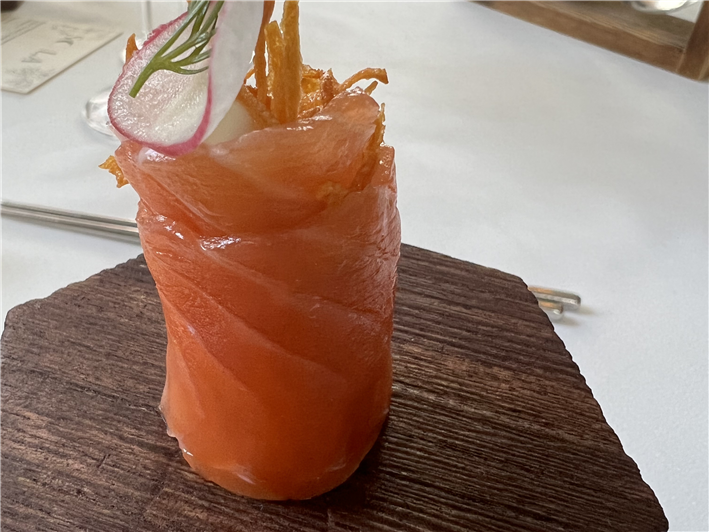
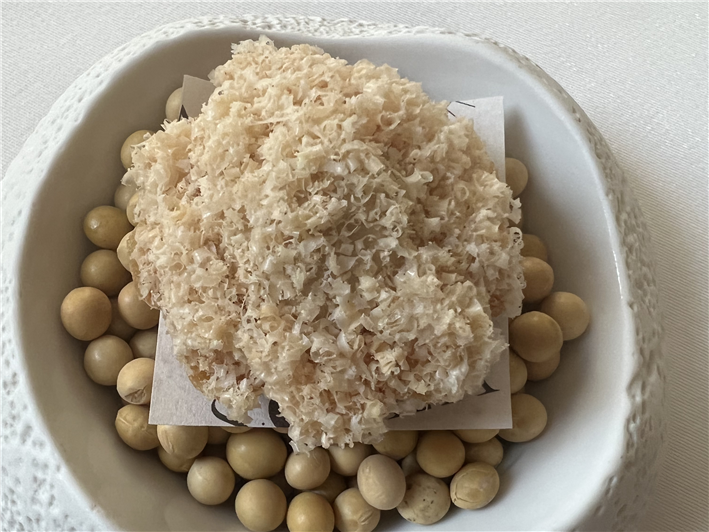
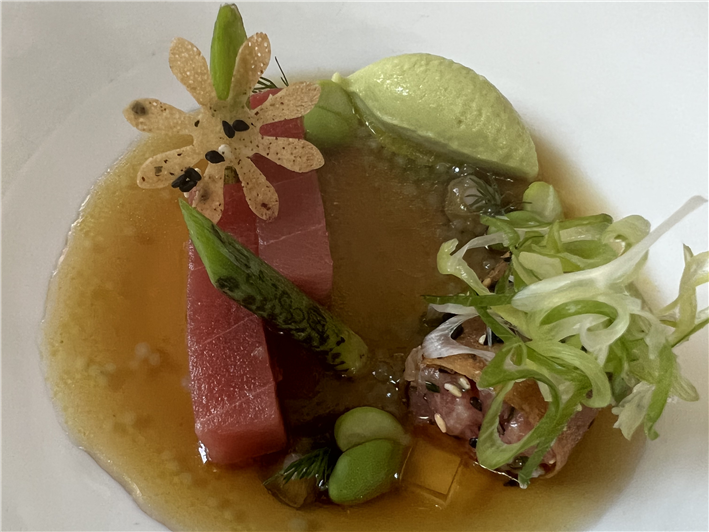
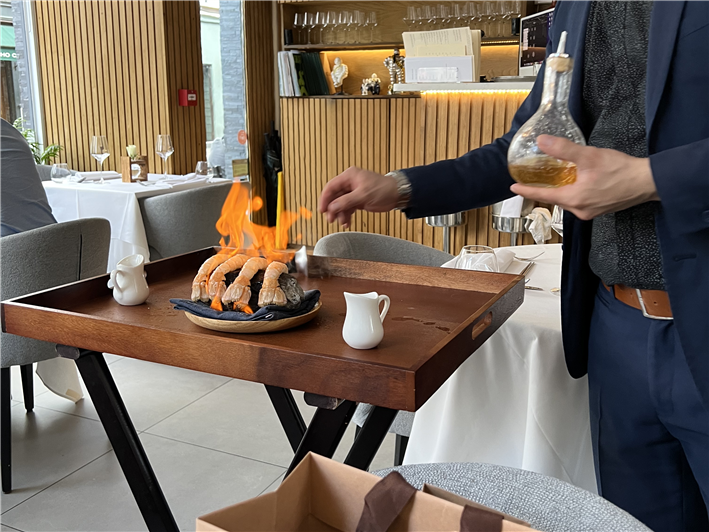
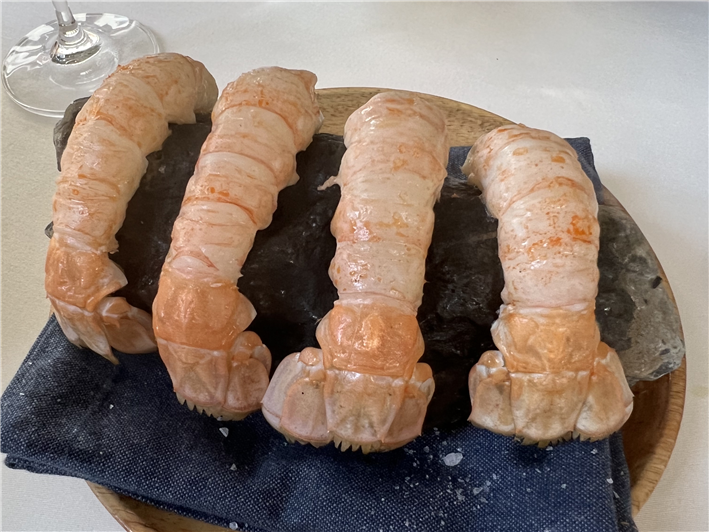

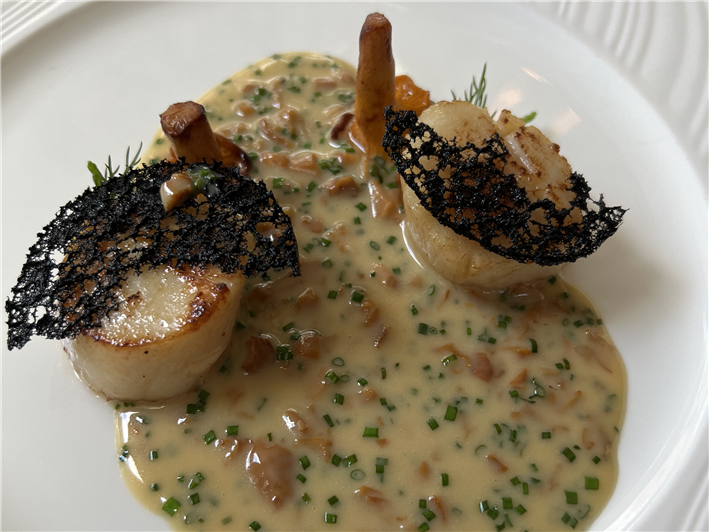
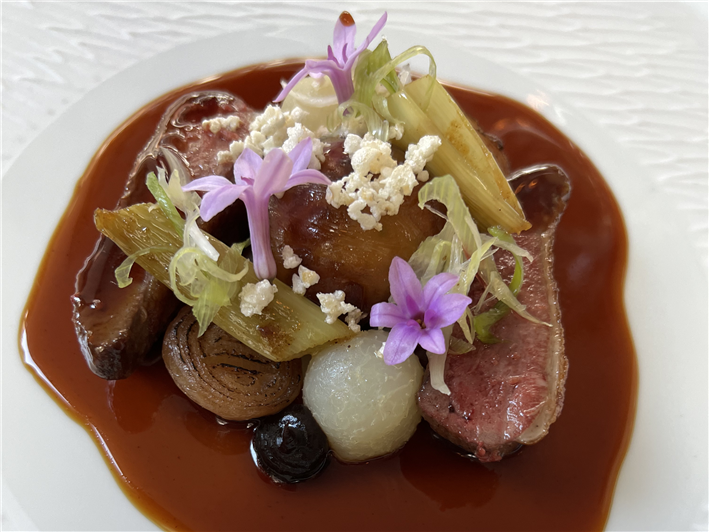

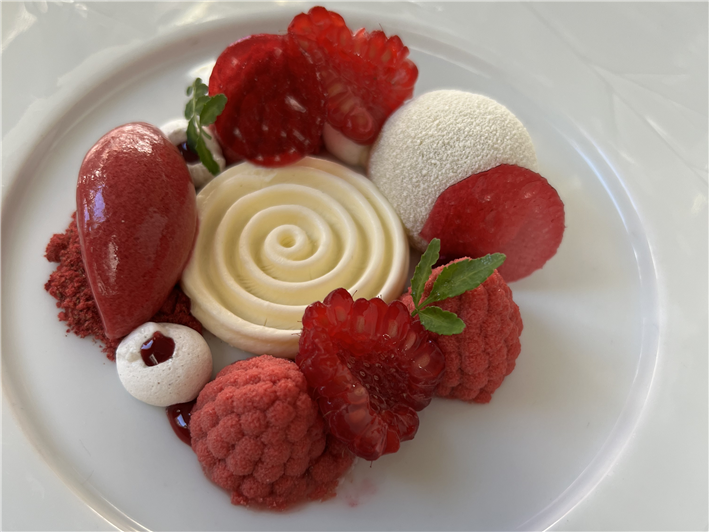
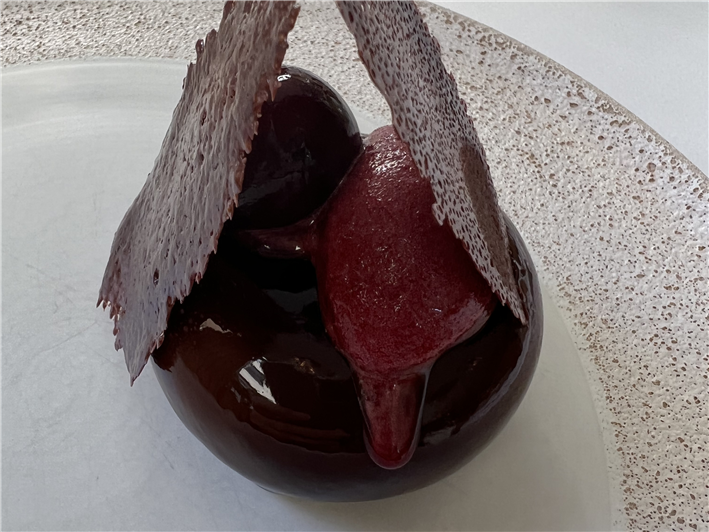
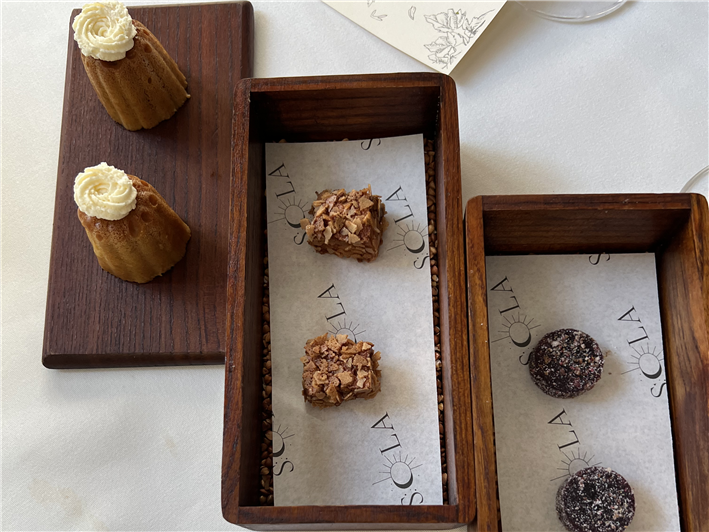












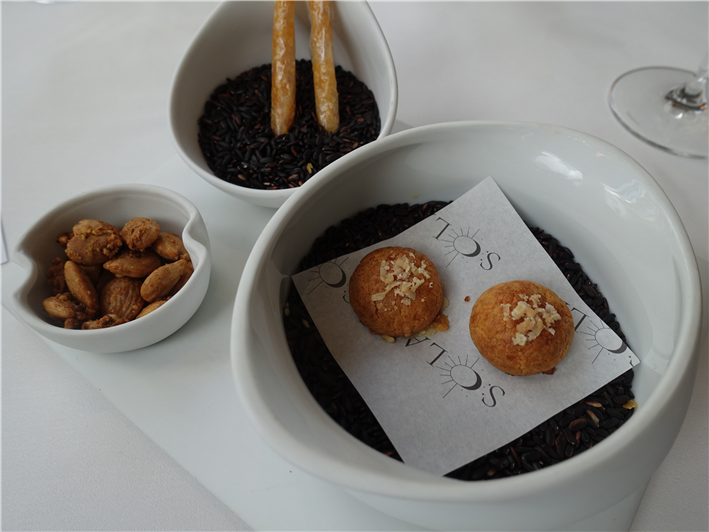
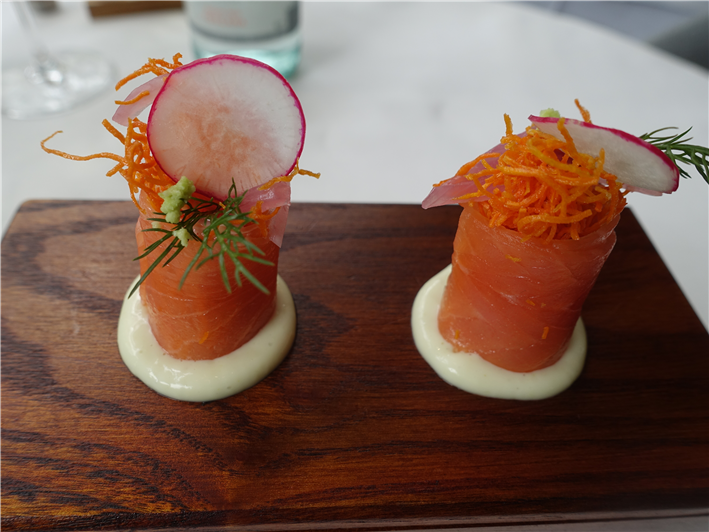
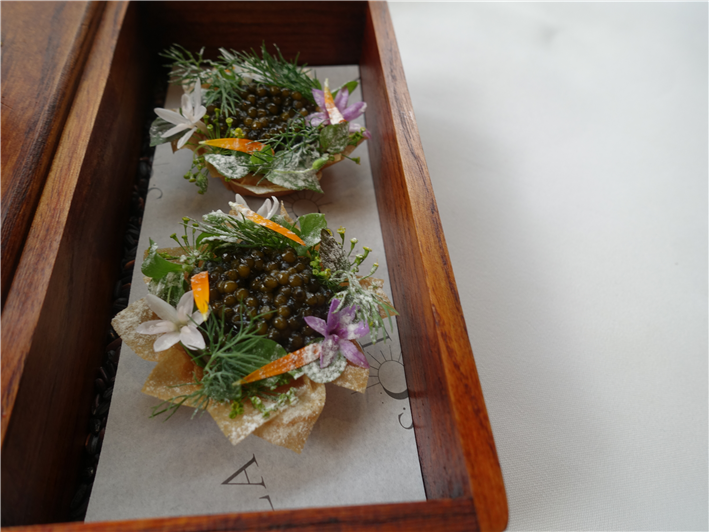
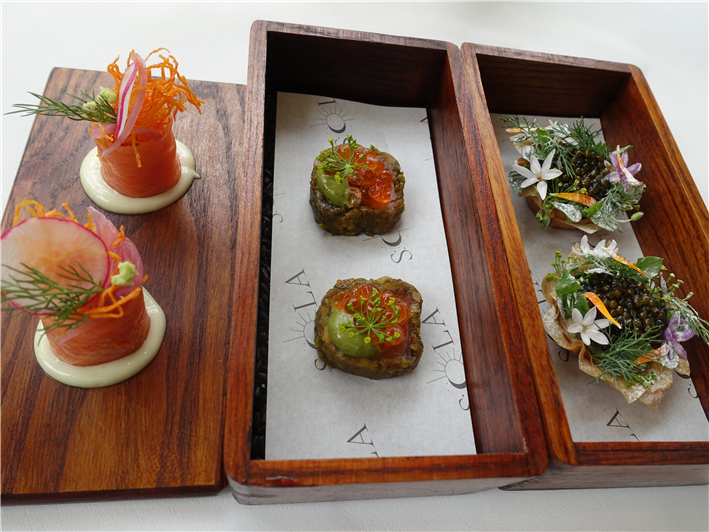
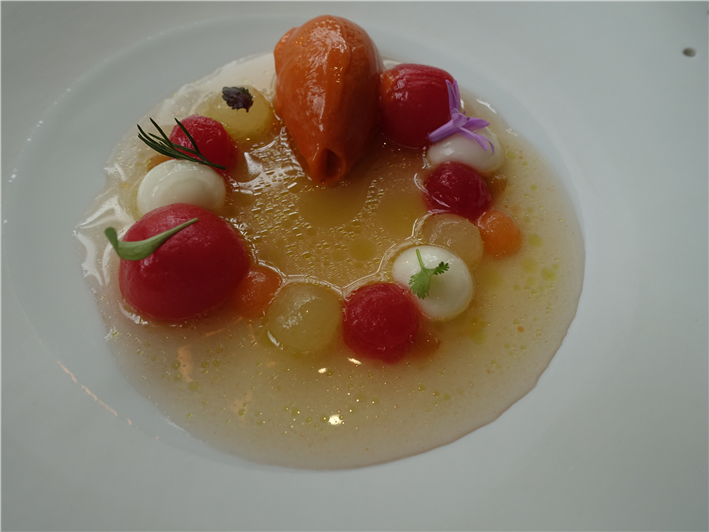
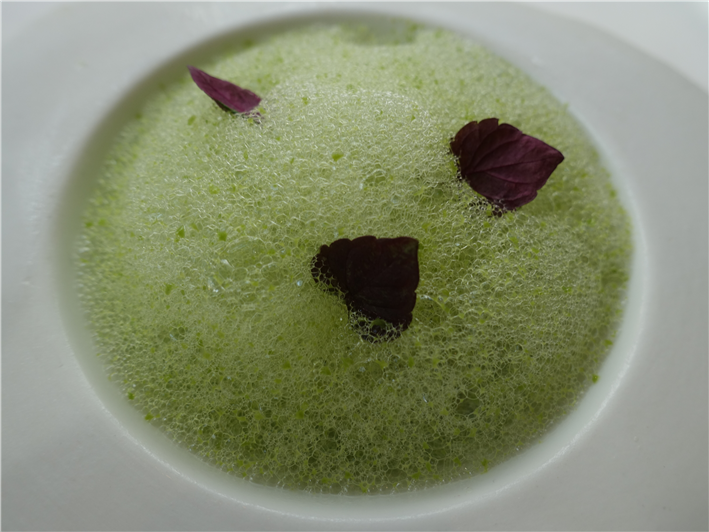
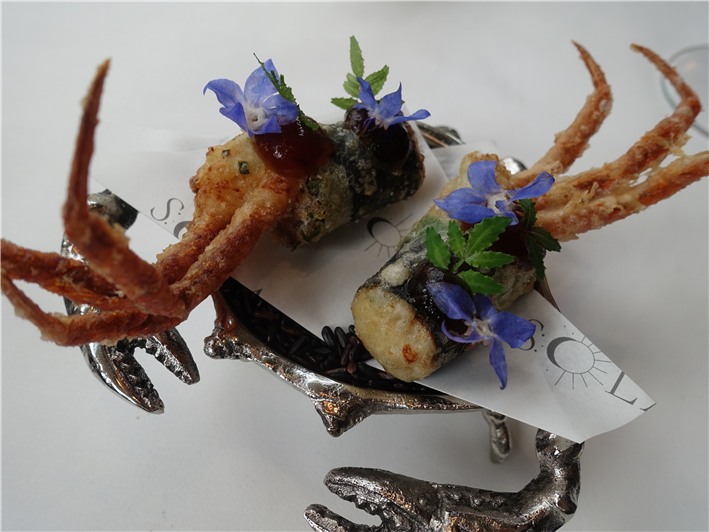
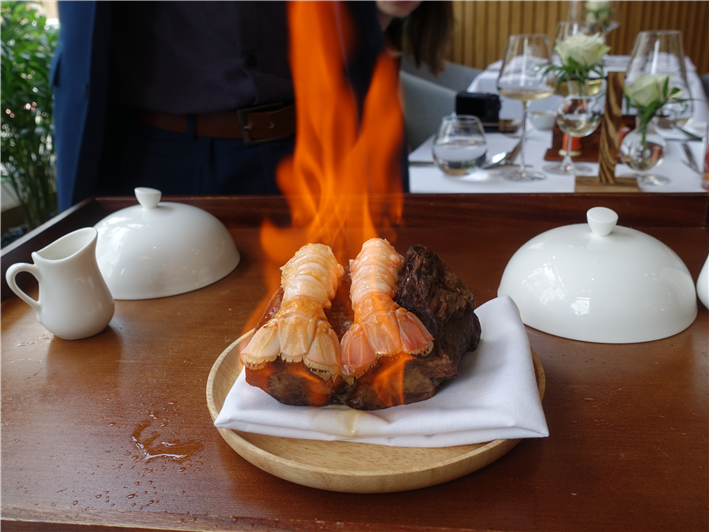

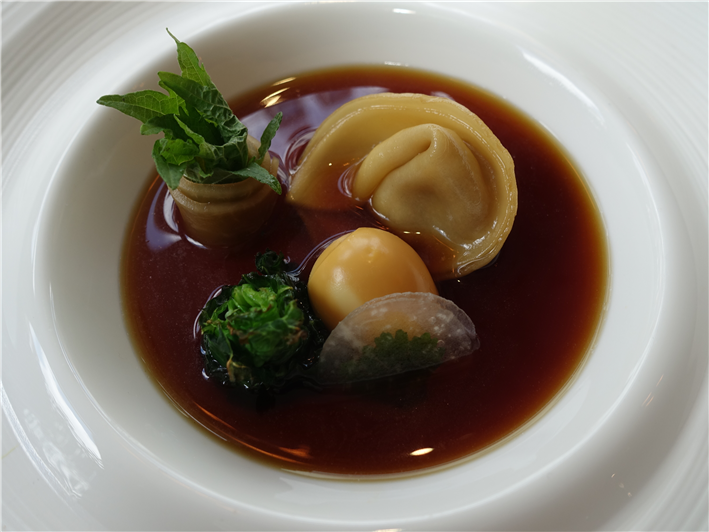

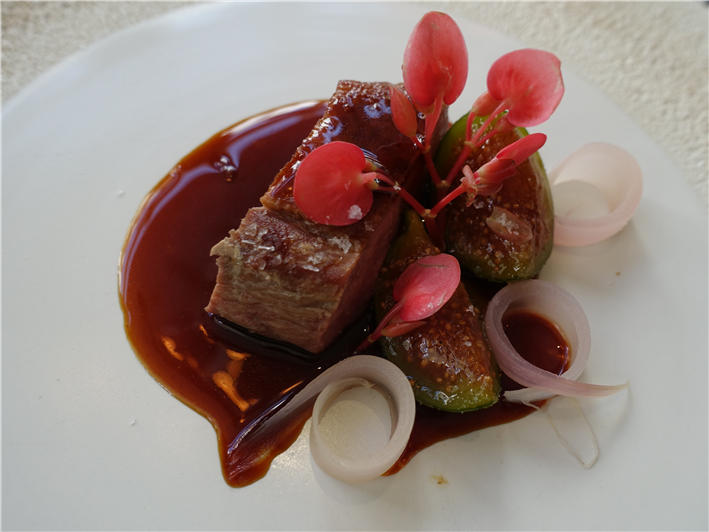

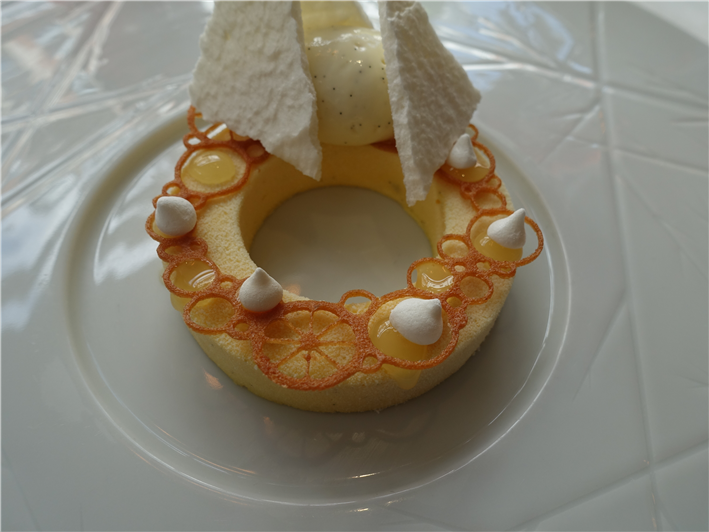

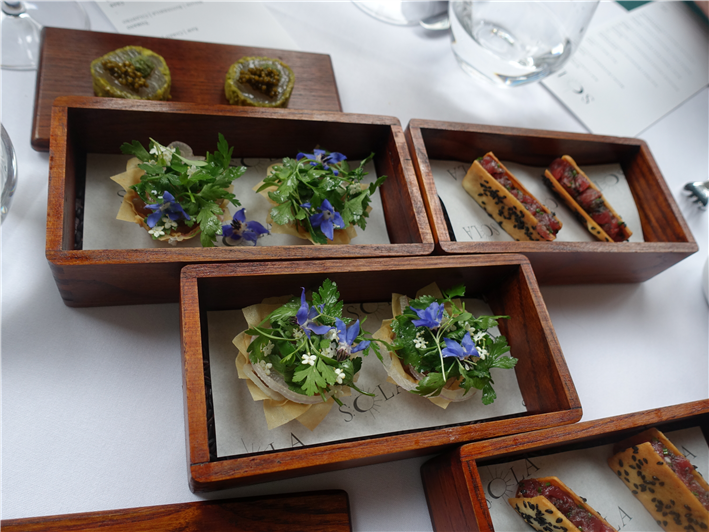
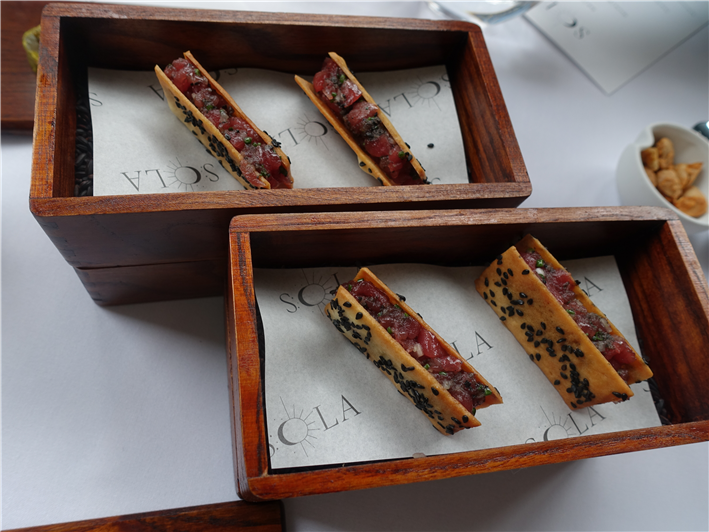


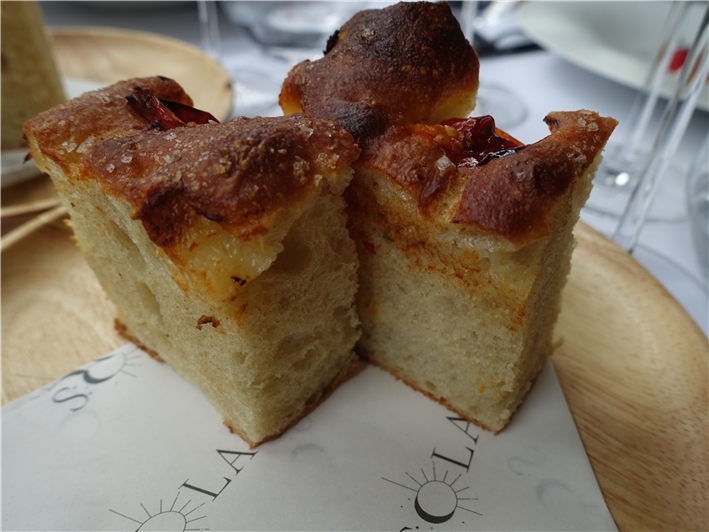

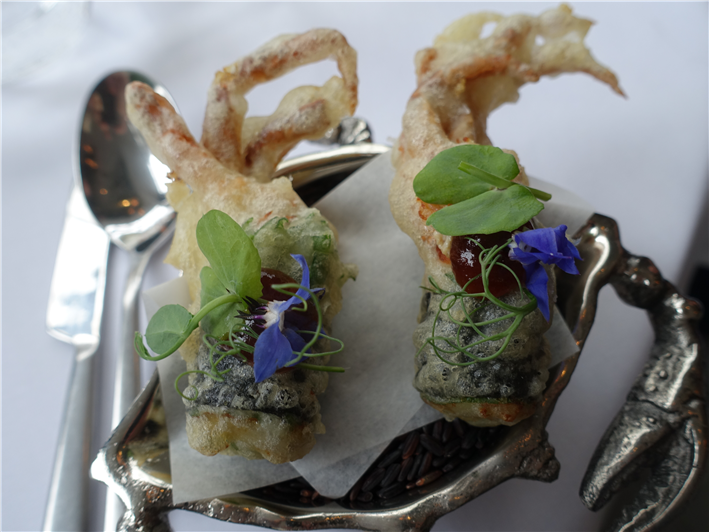
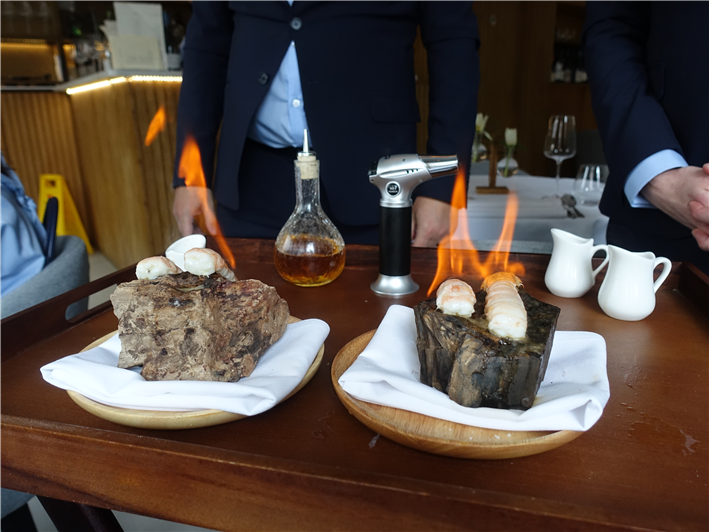

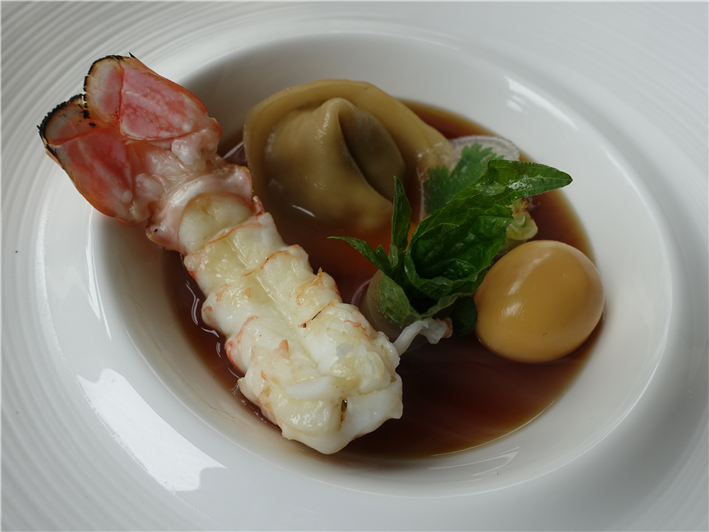
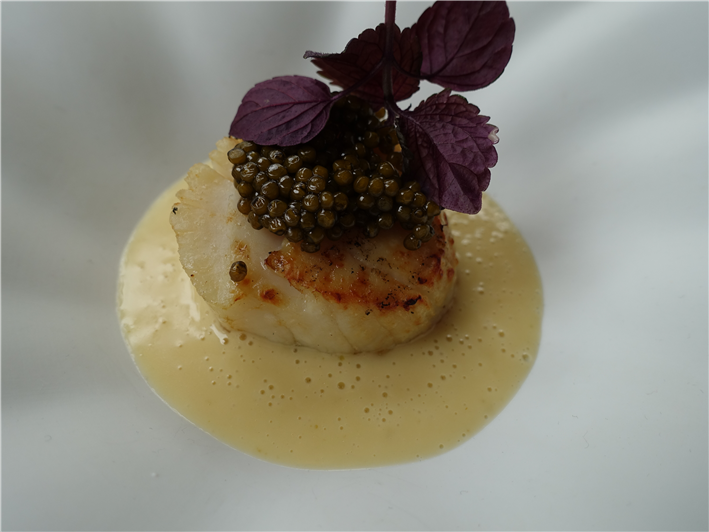
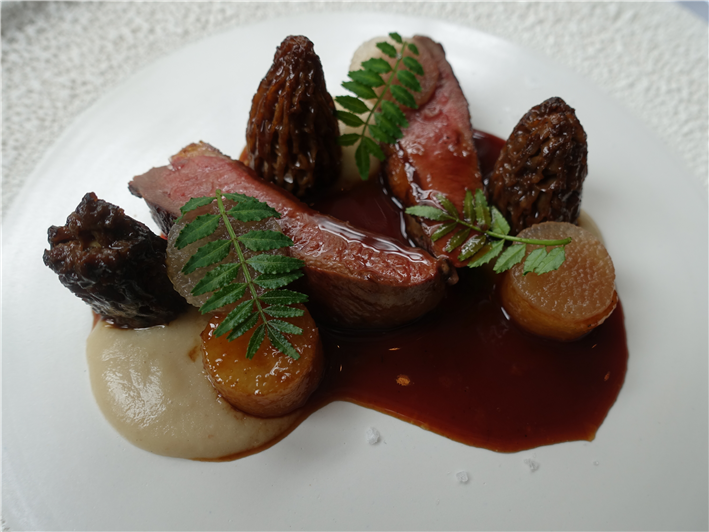
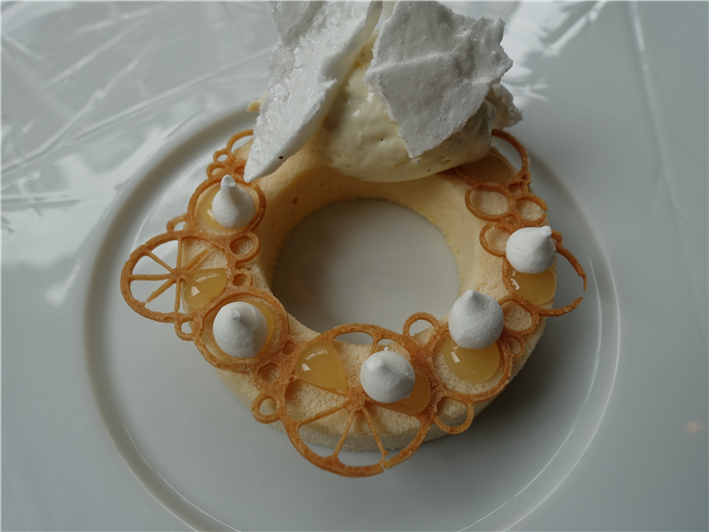
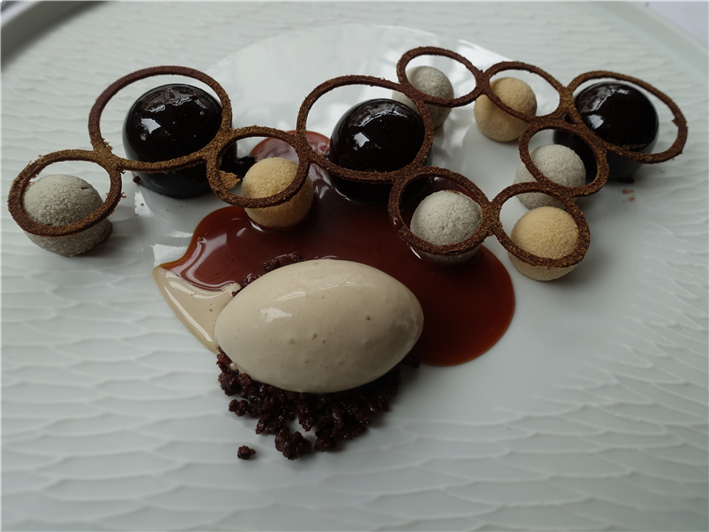


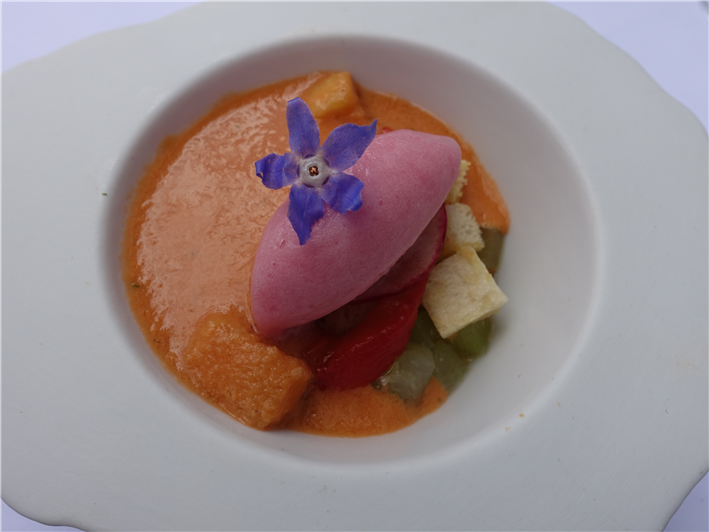
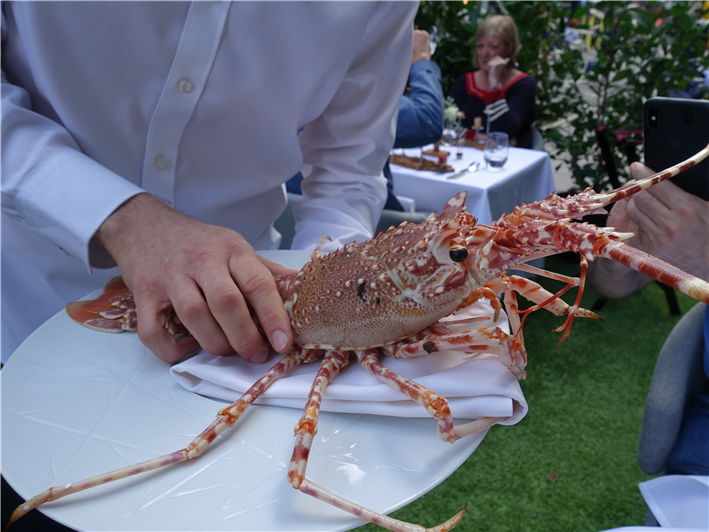

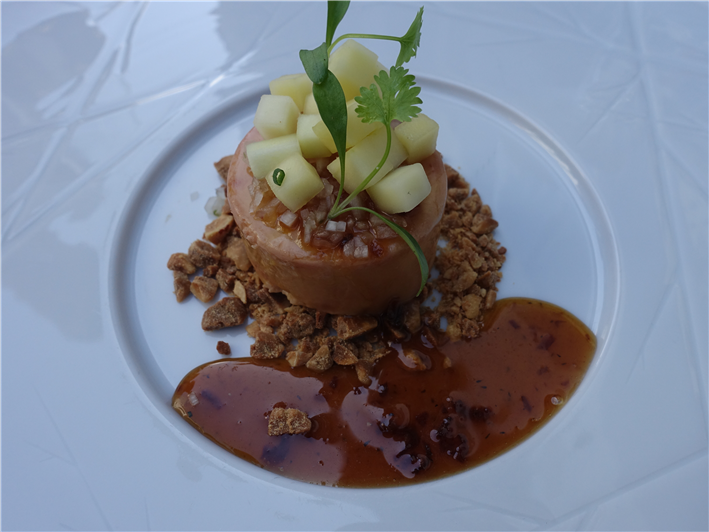

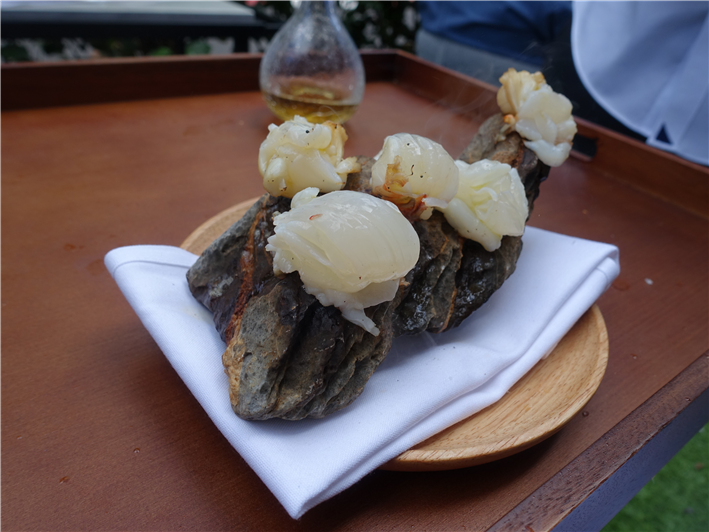
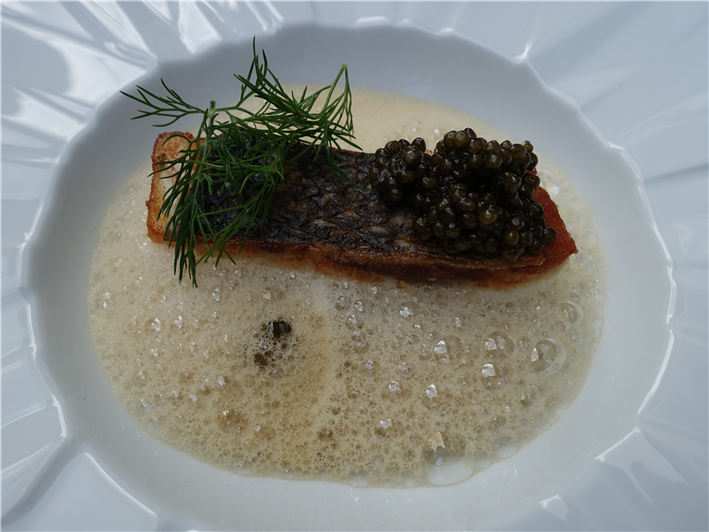
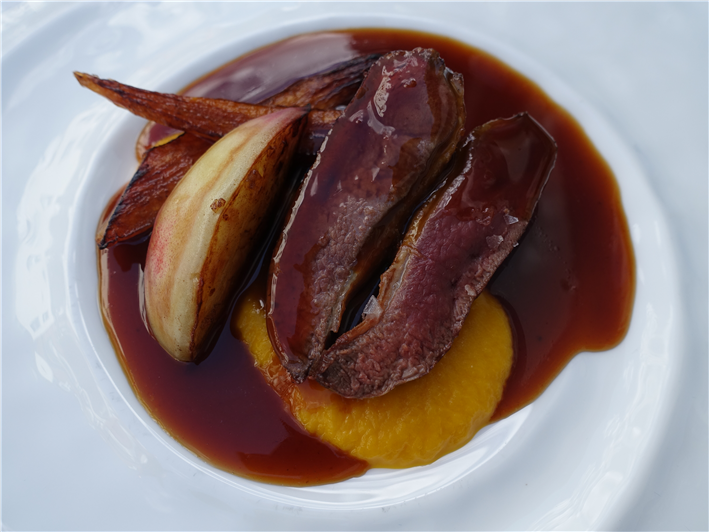
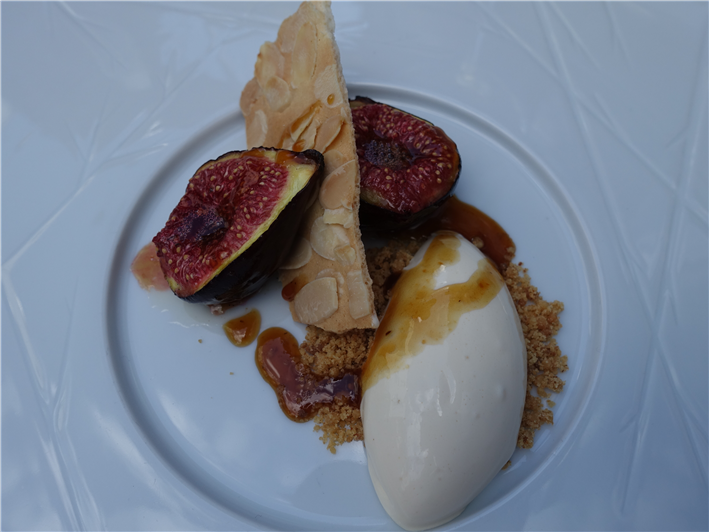
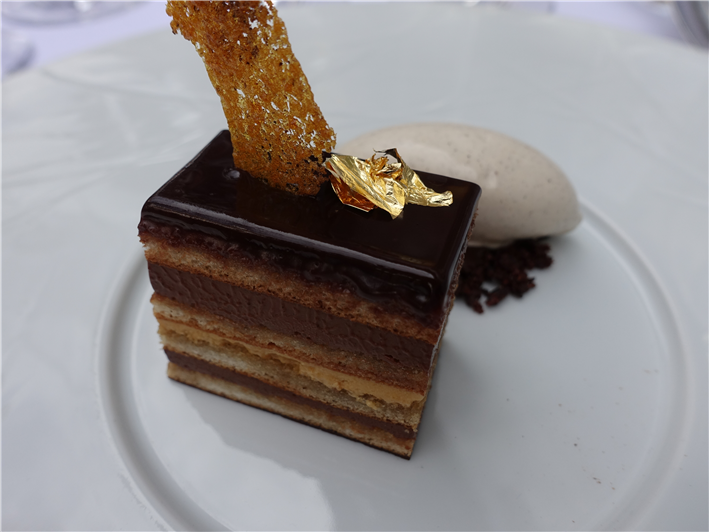
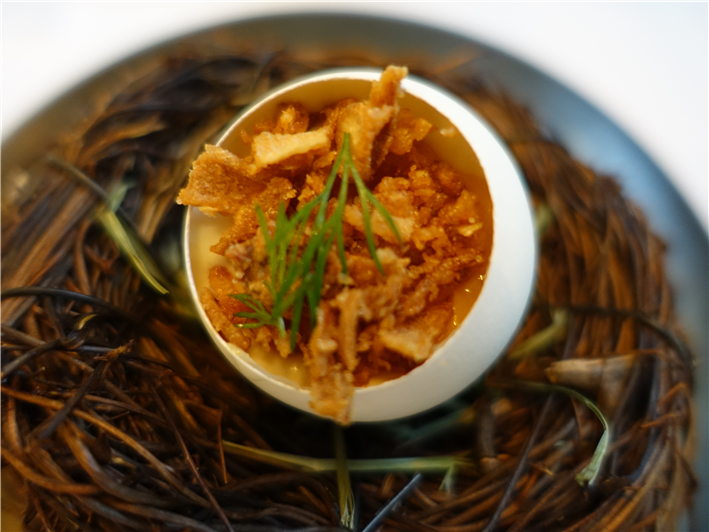
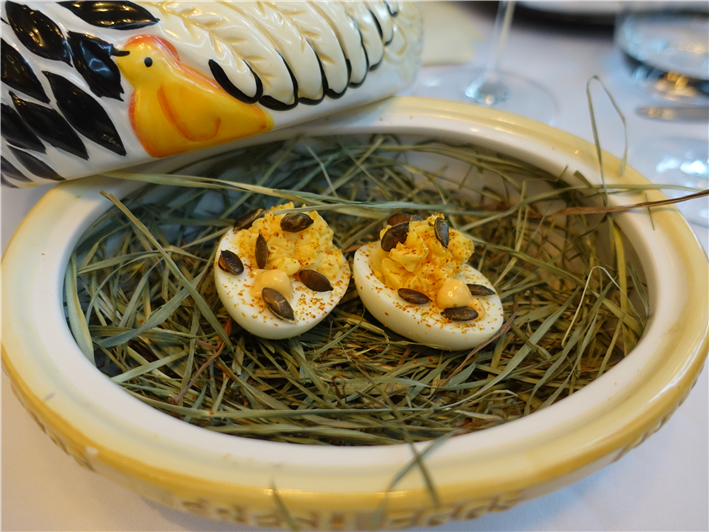

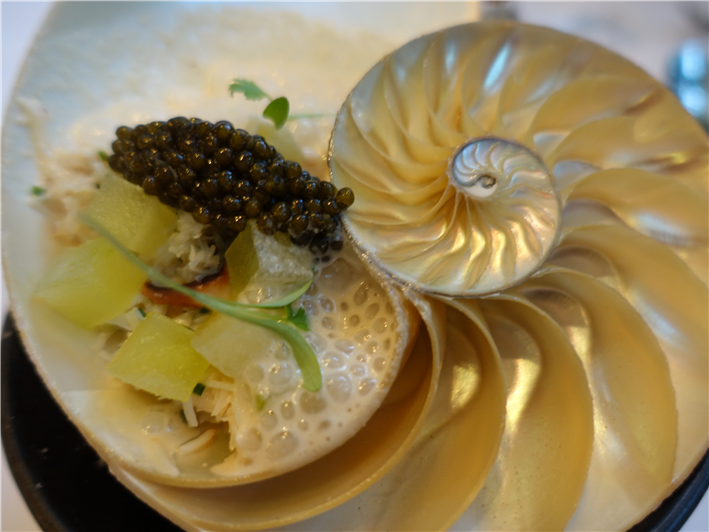

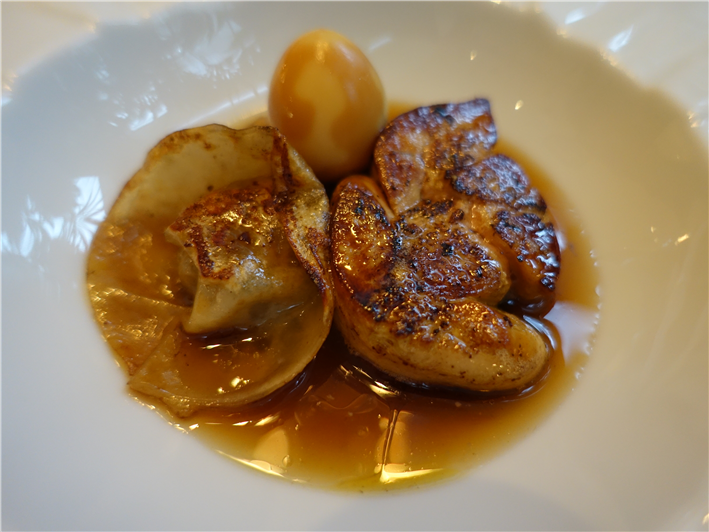
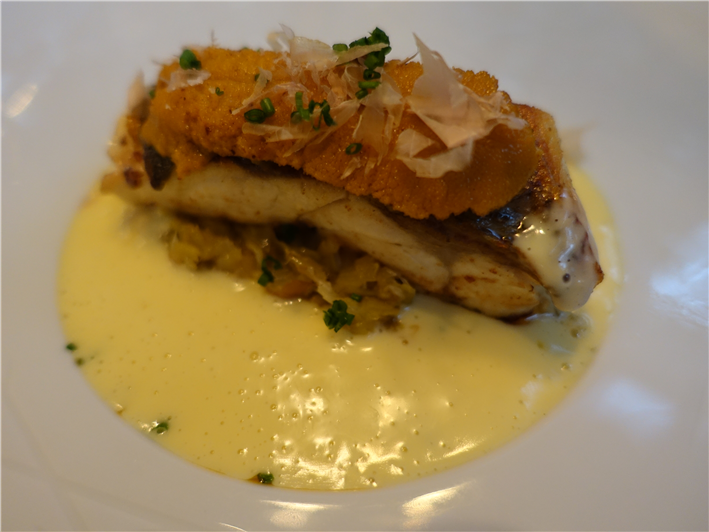
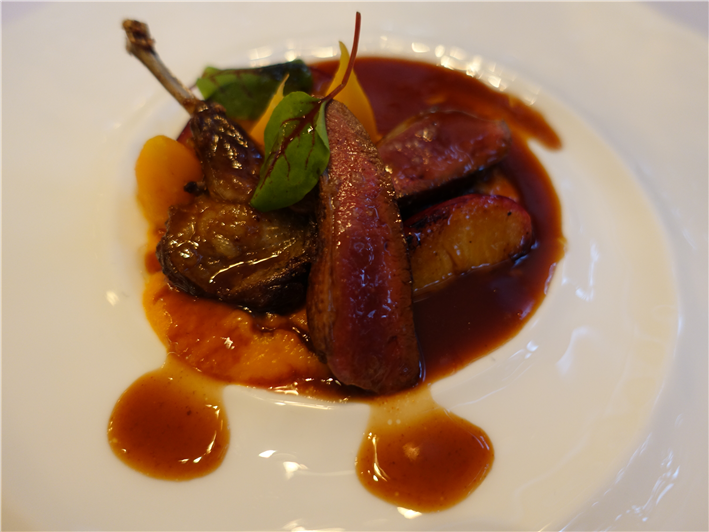
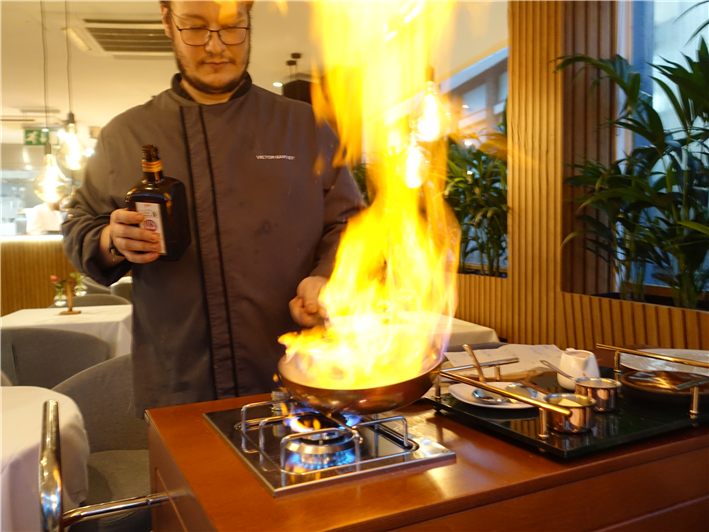
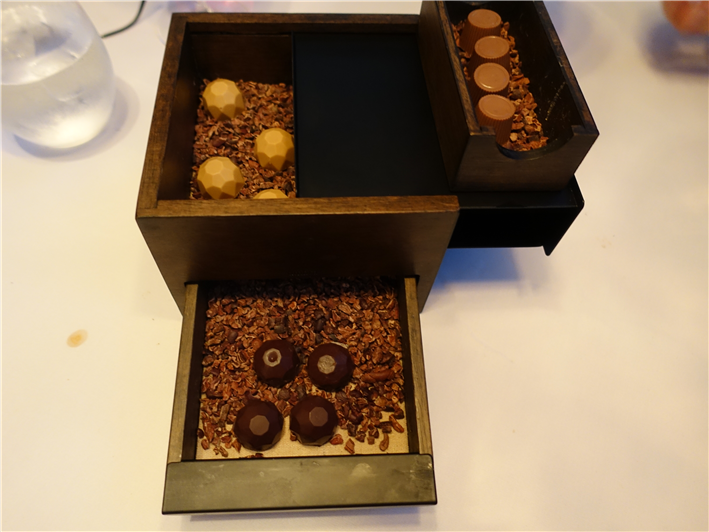
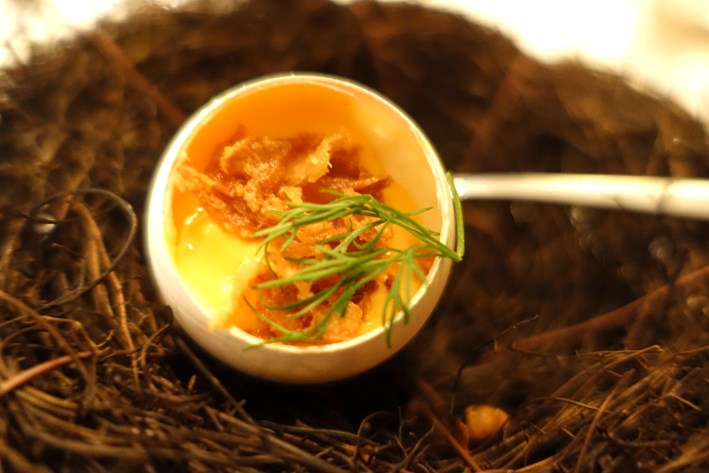
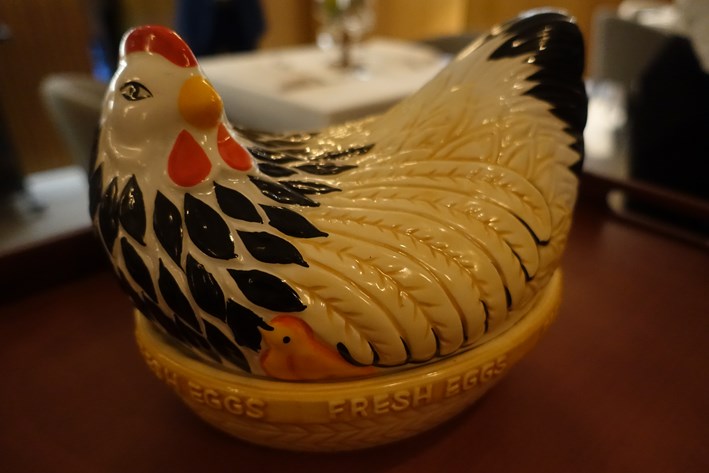
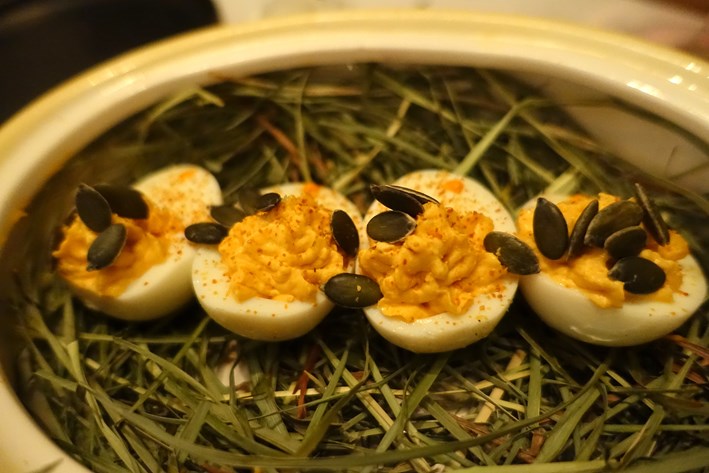
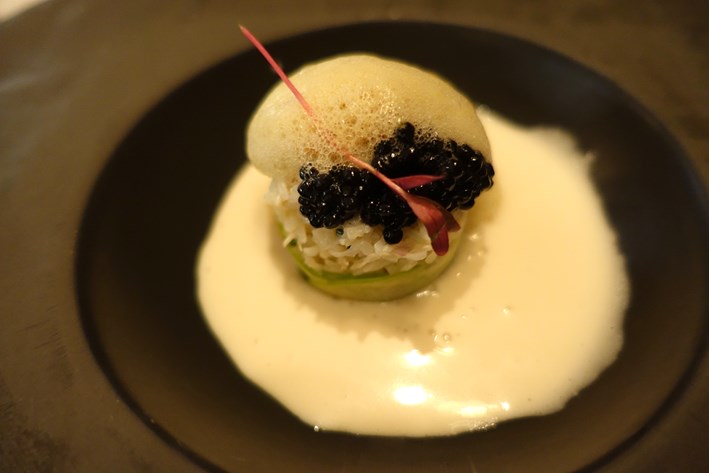
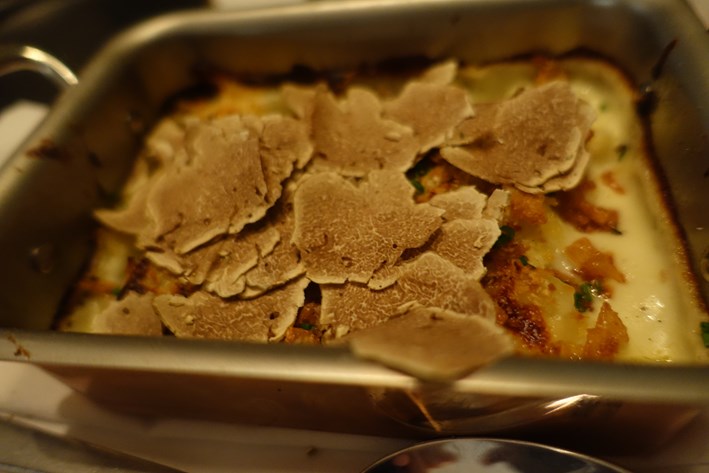
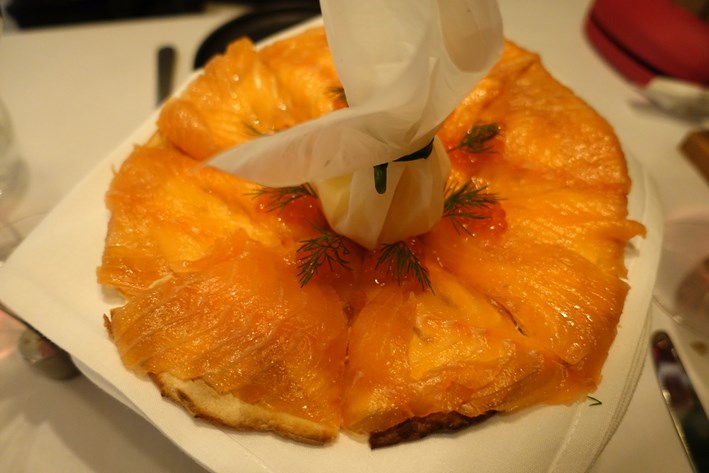
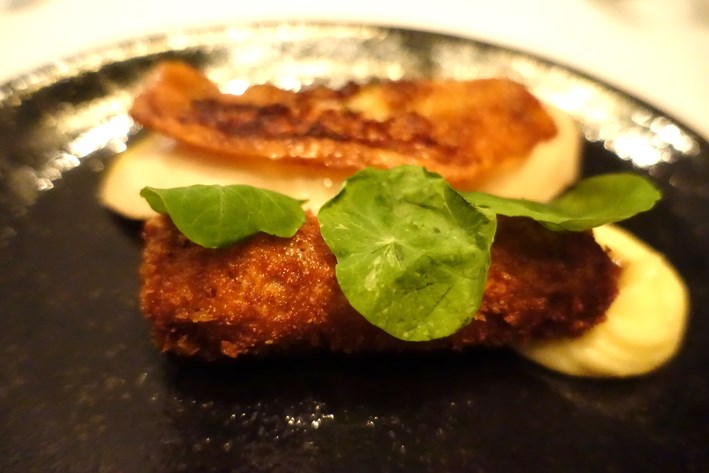
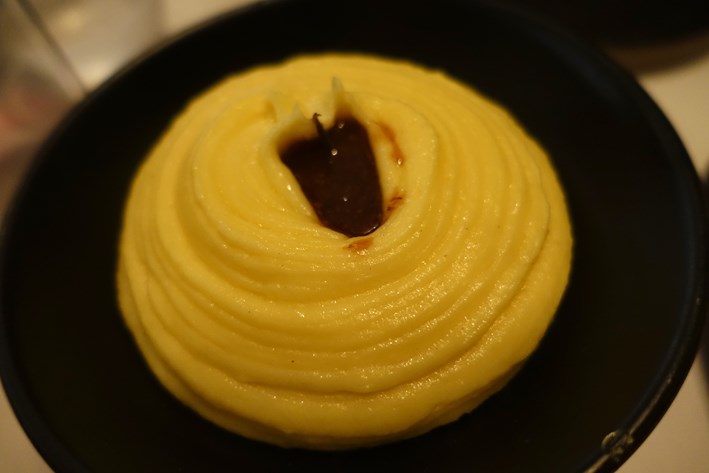
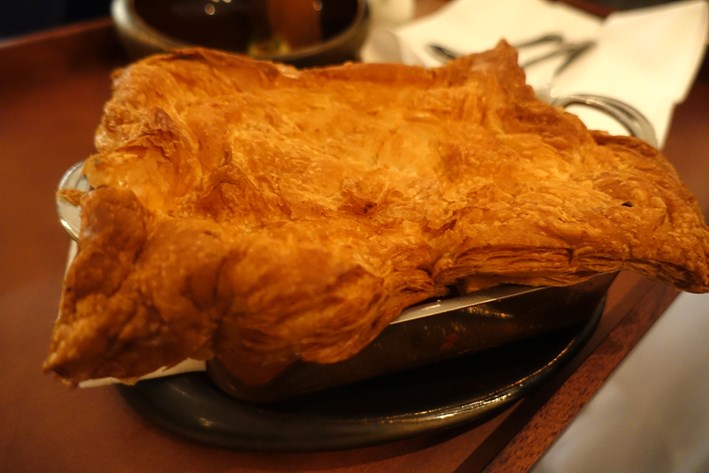
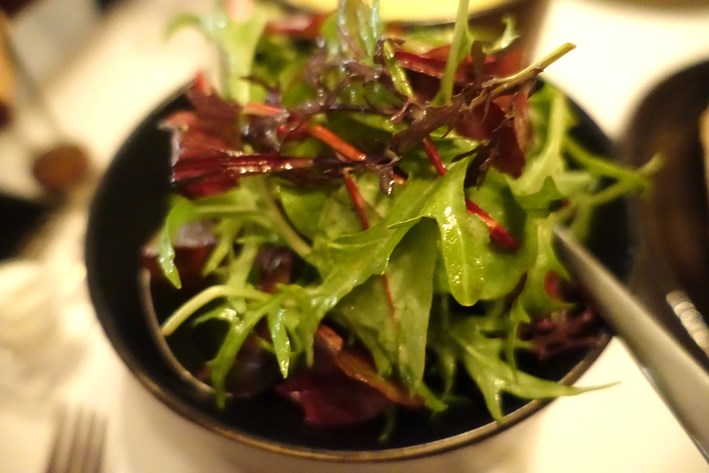

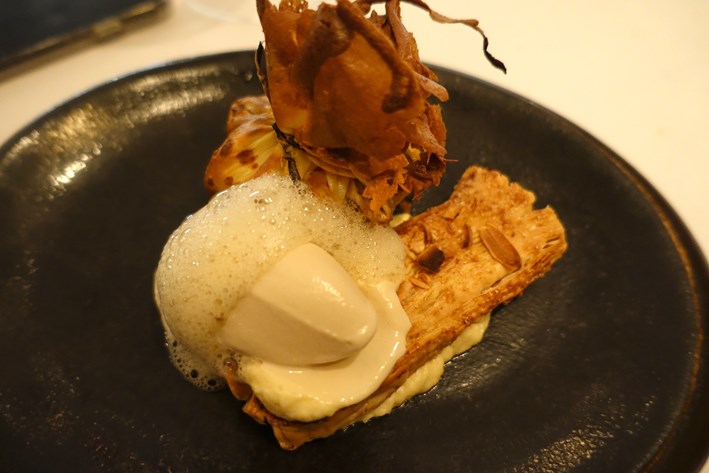


Ronald Prague
My wife and I had a great meal. Service was excellent. Outstanding experience.